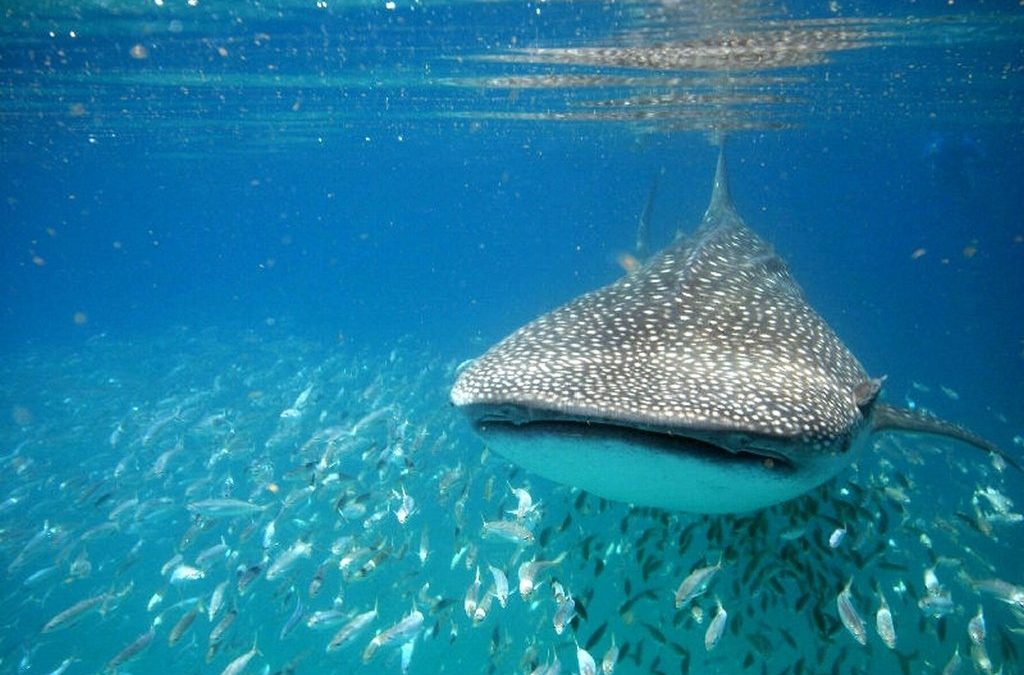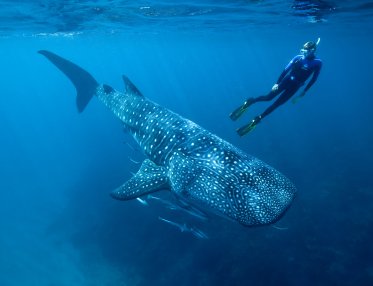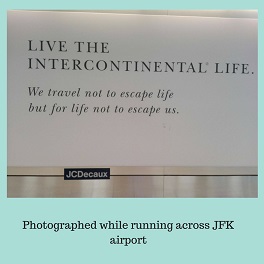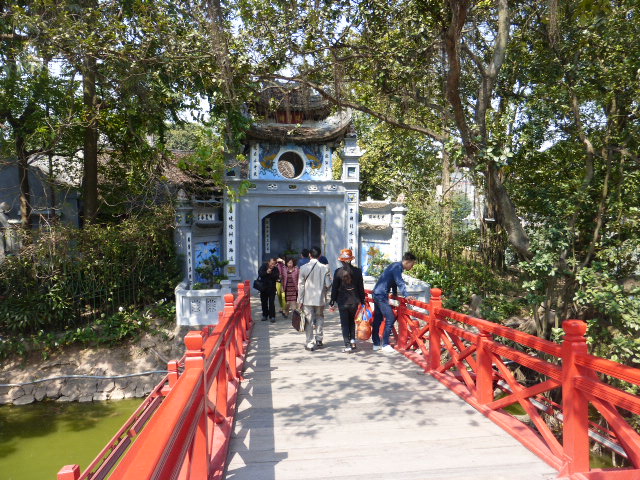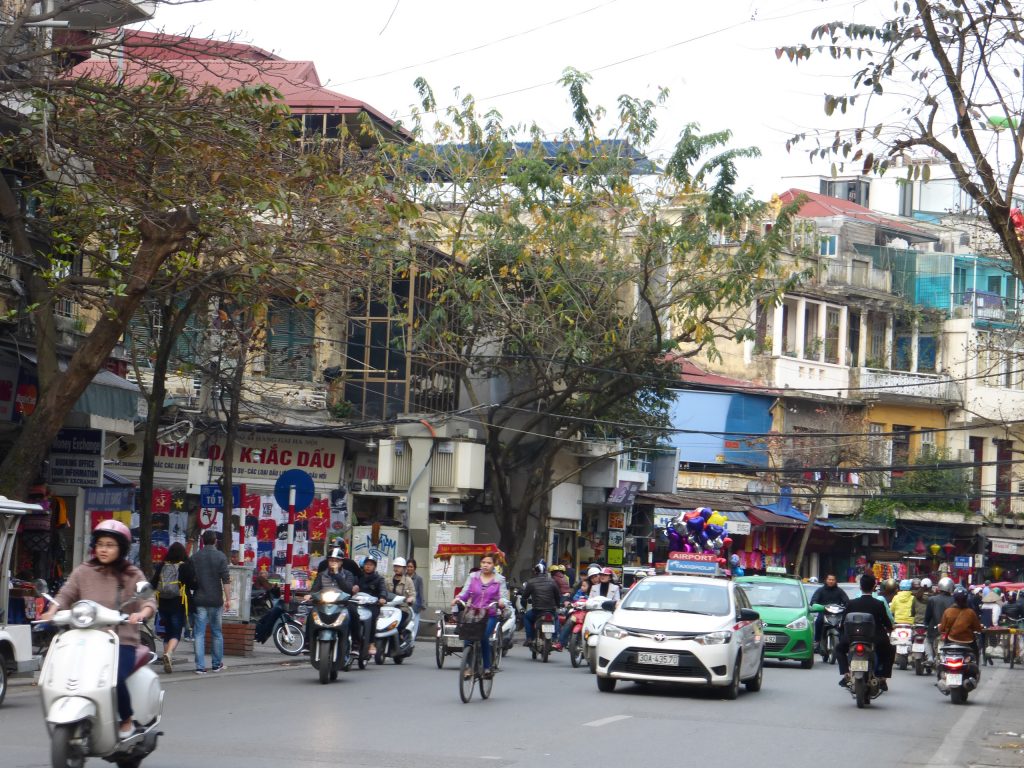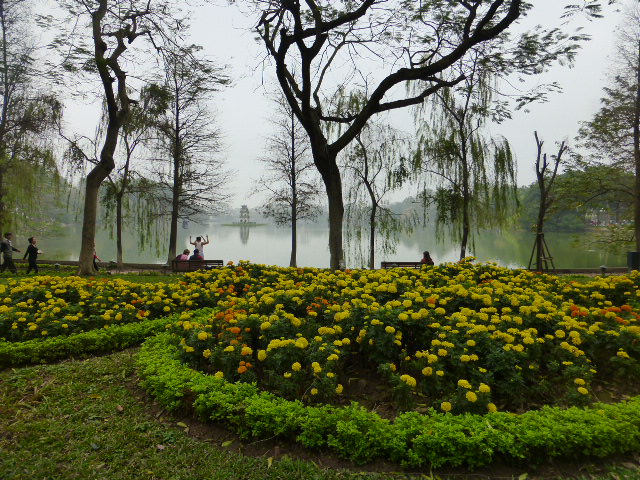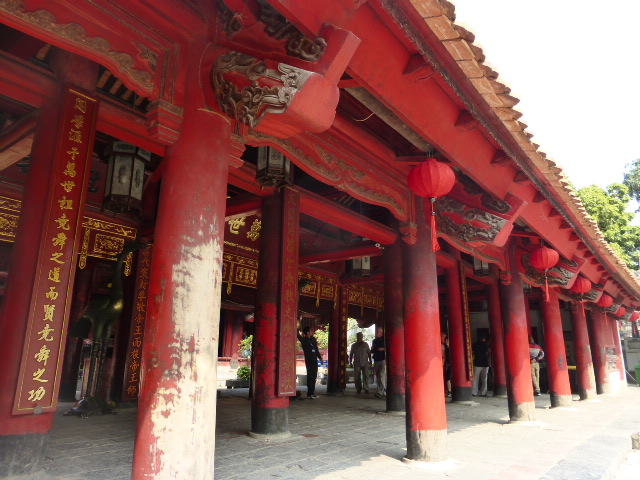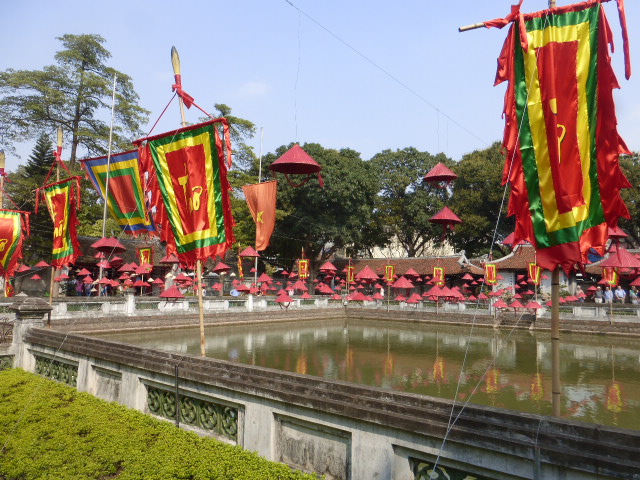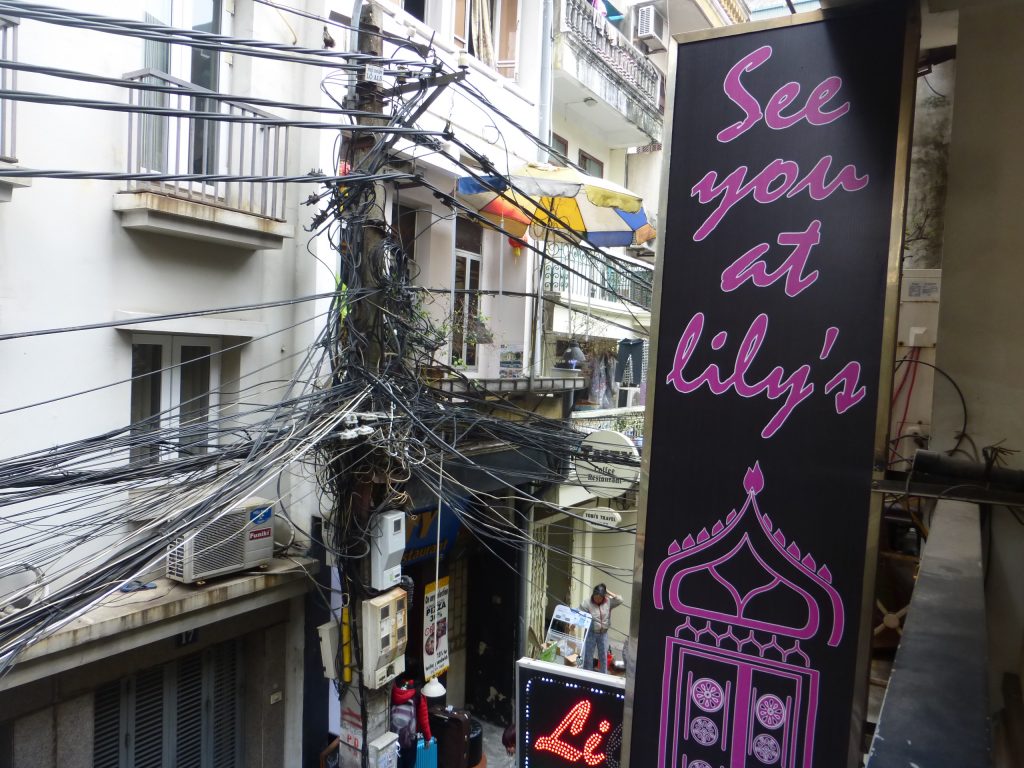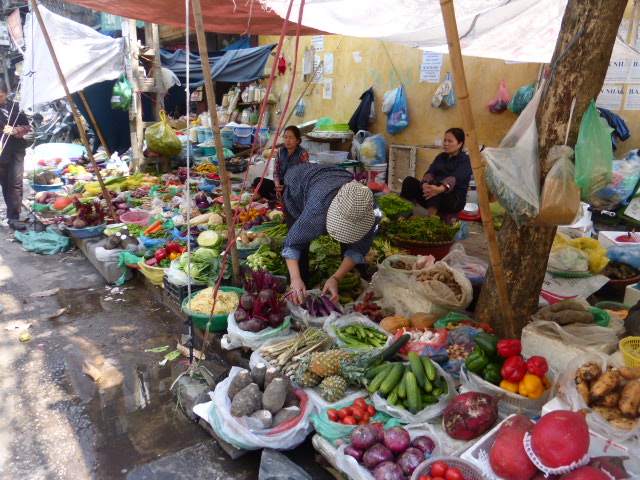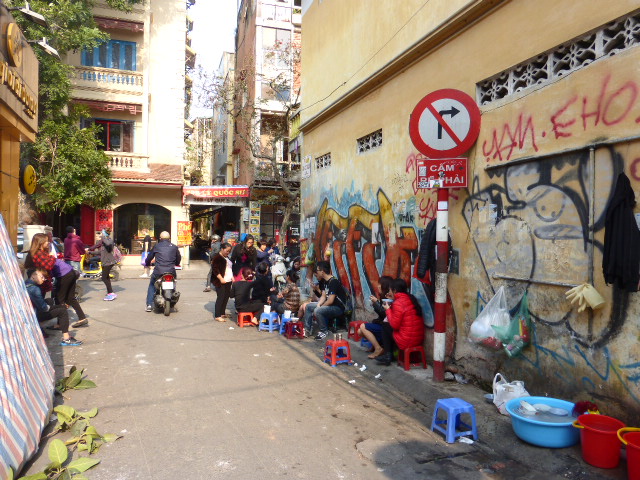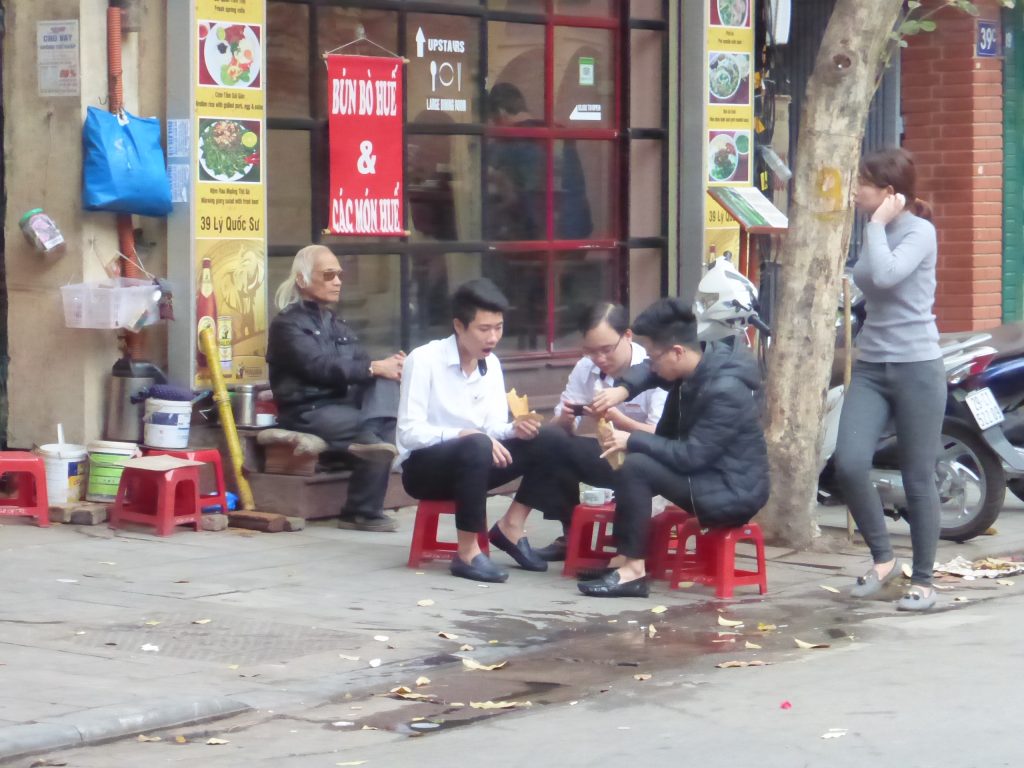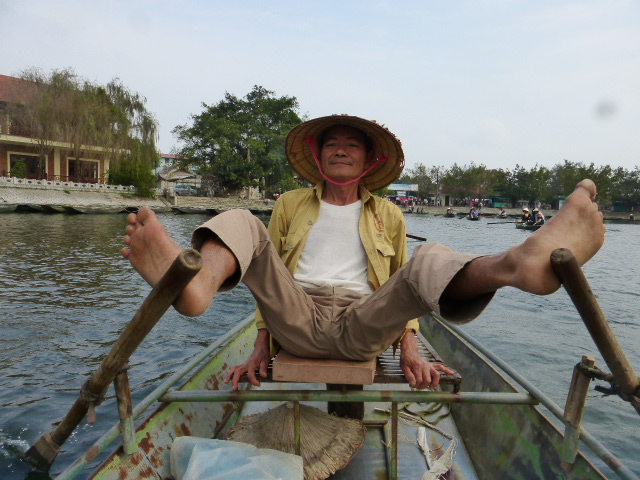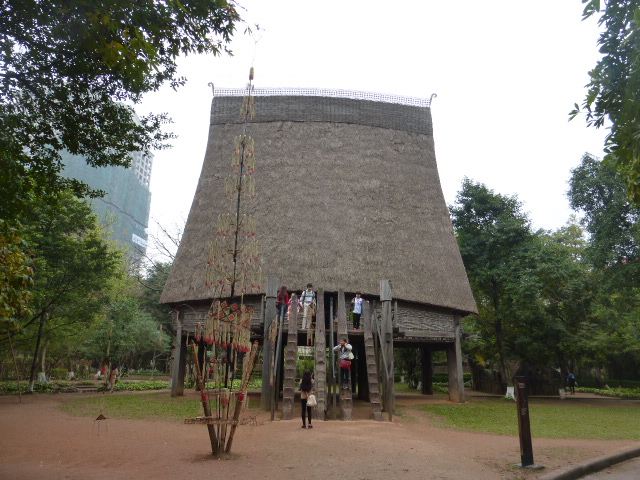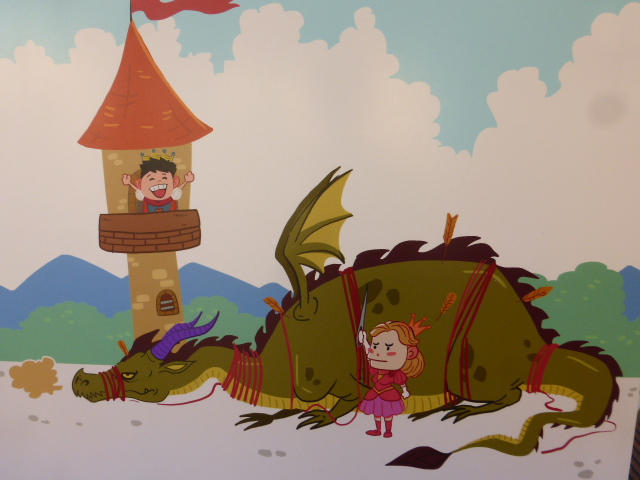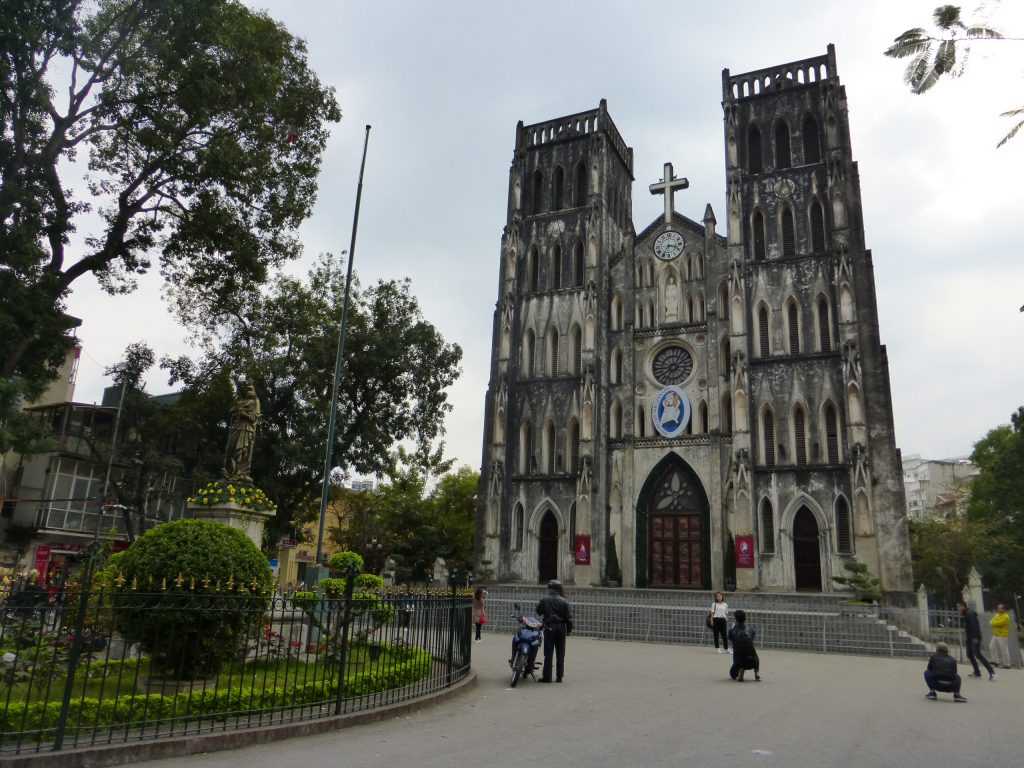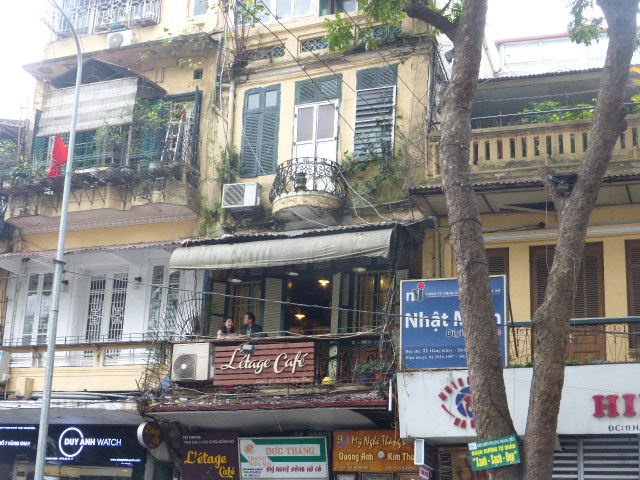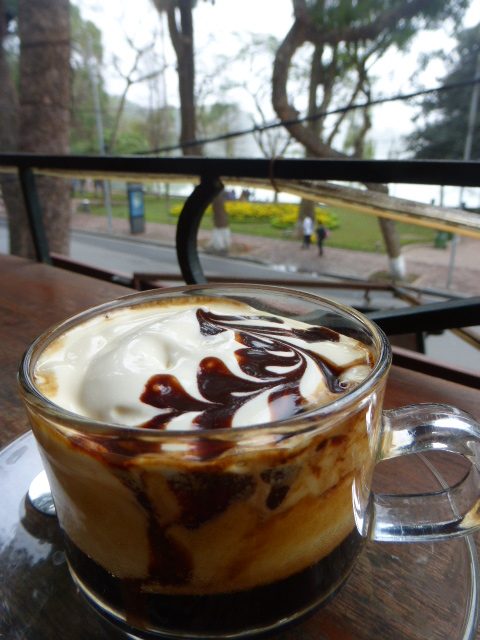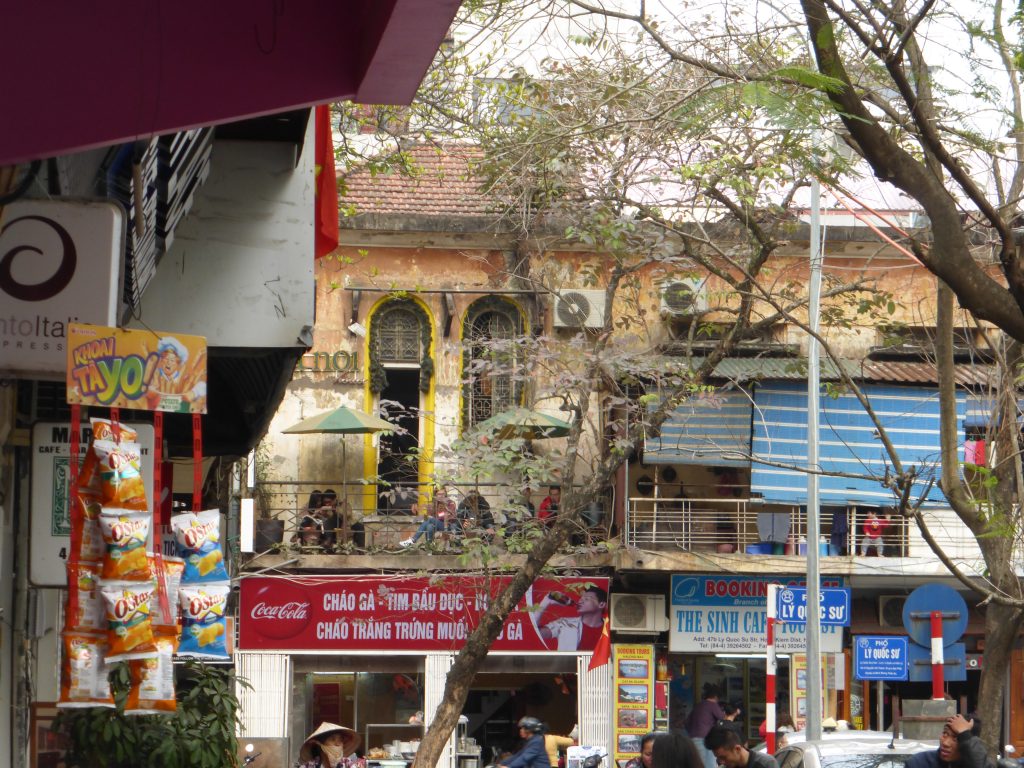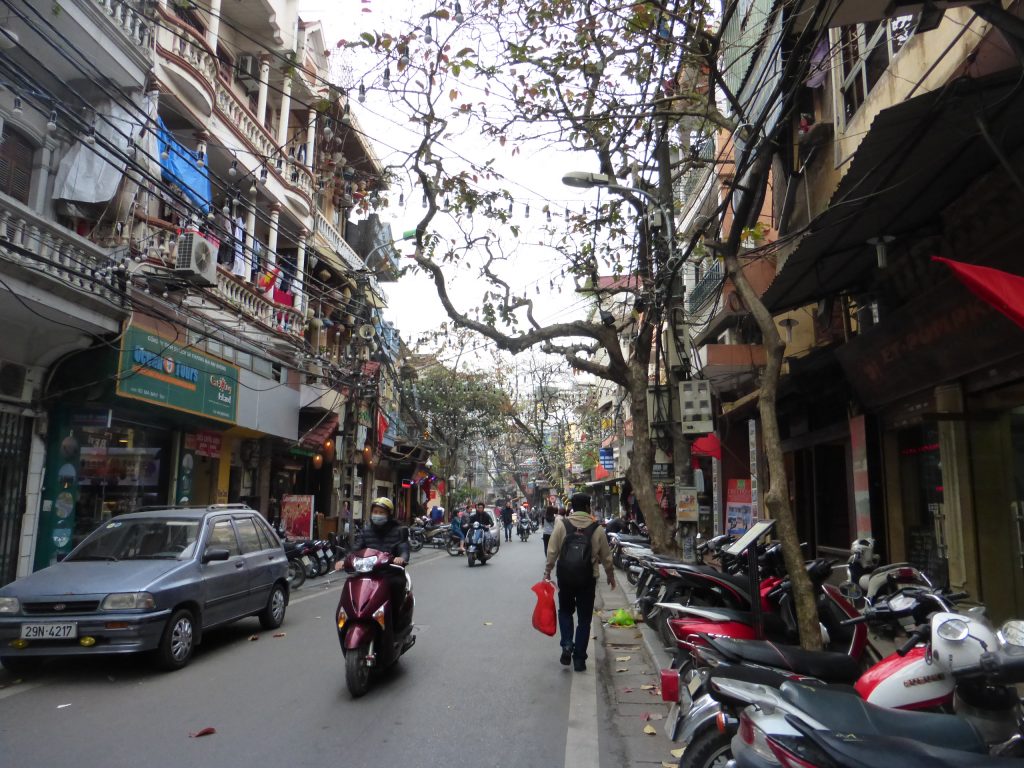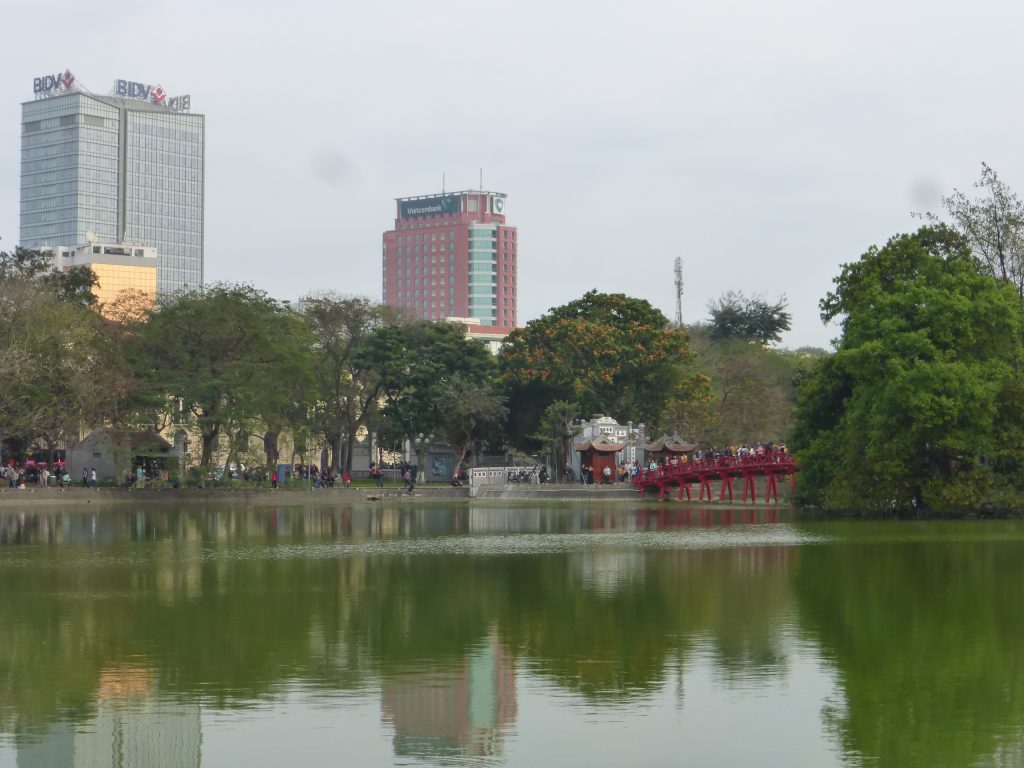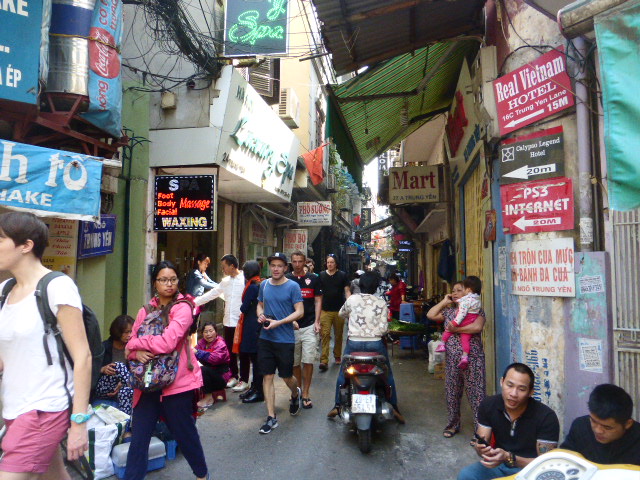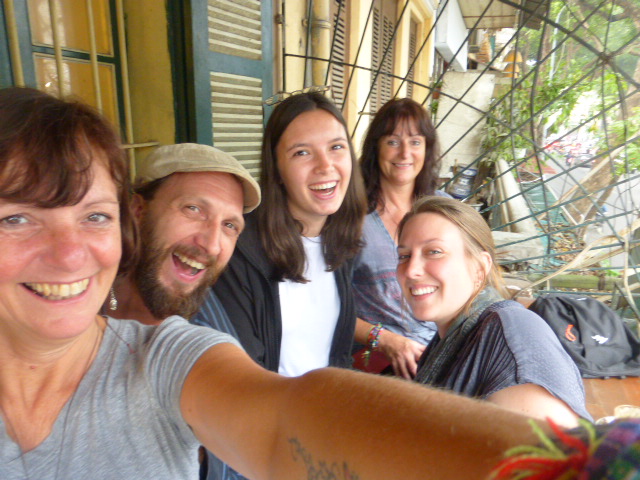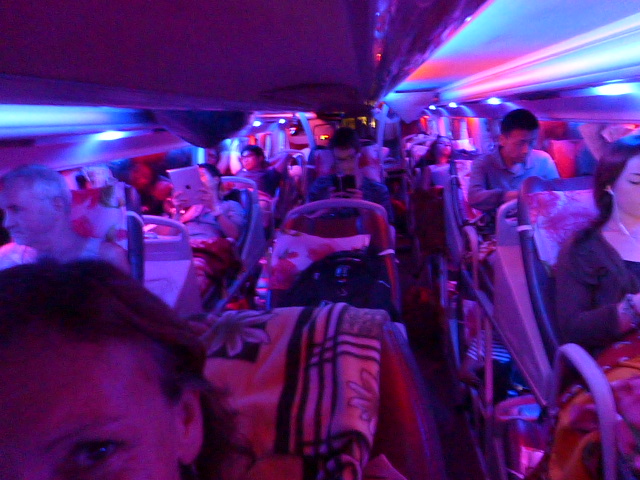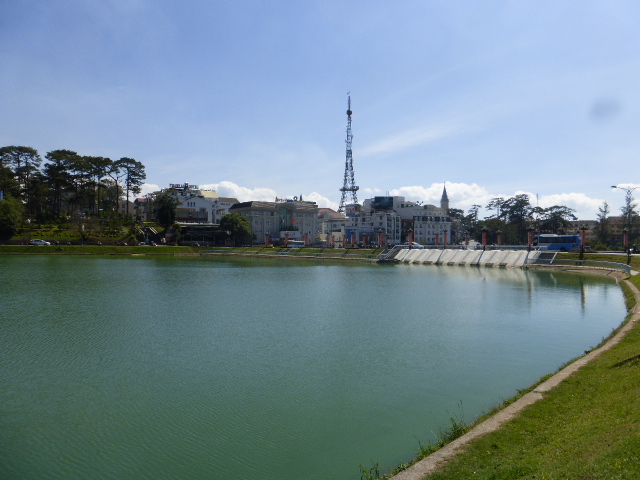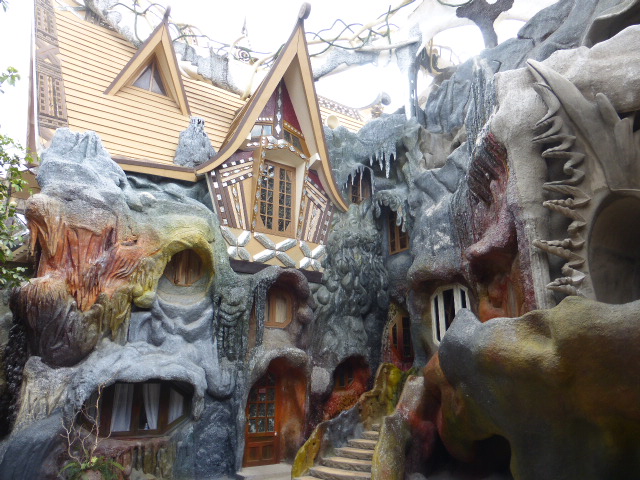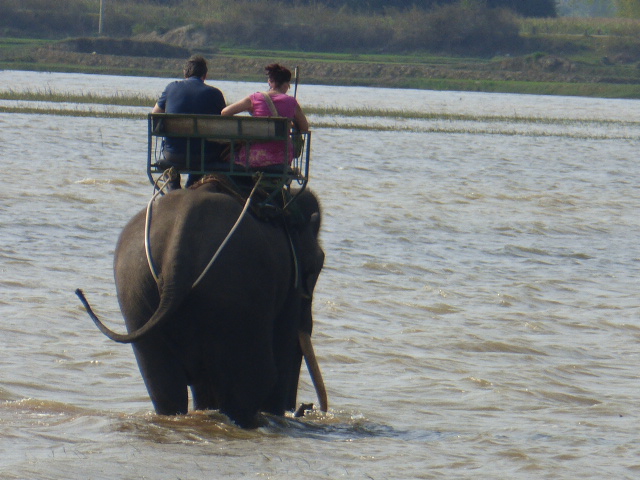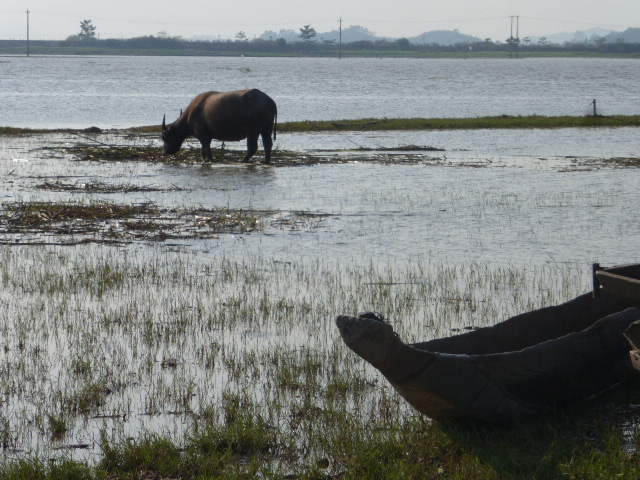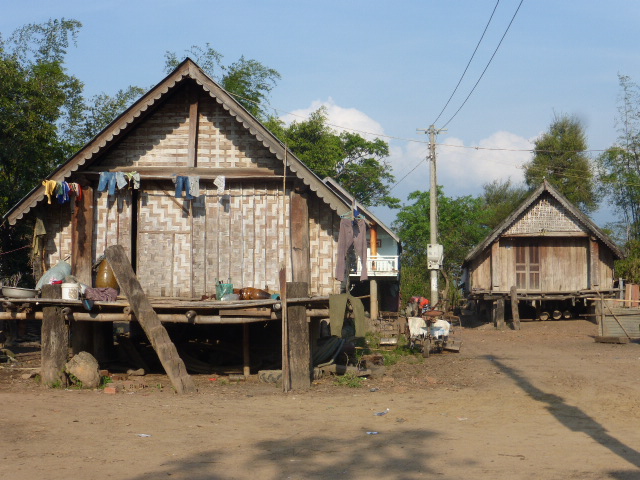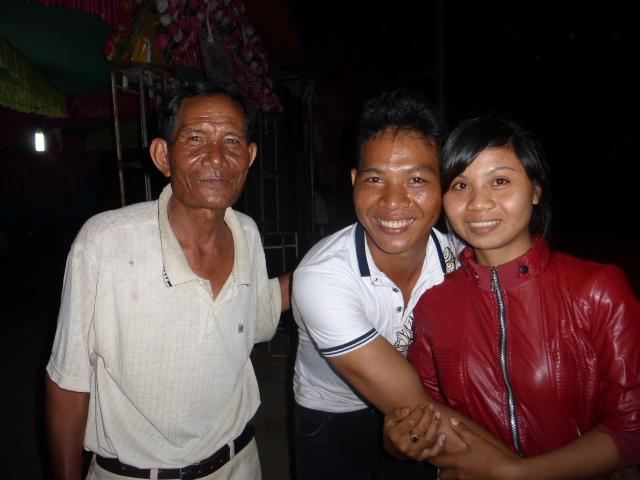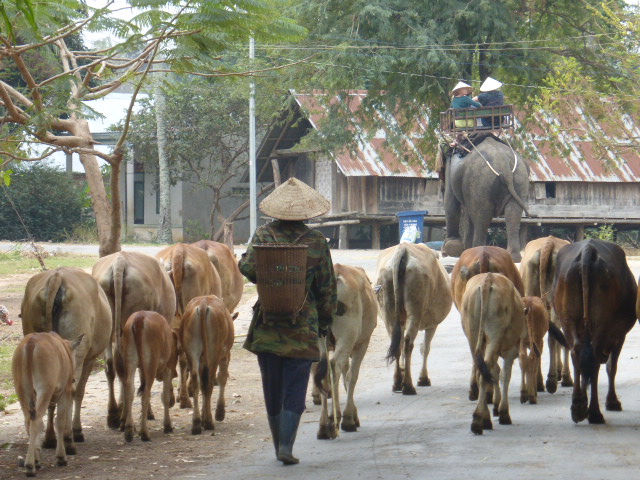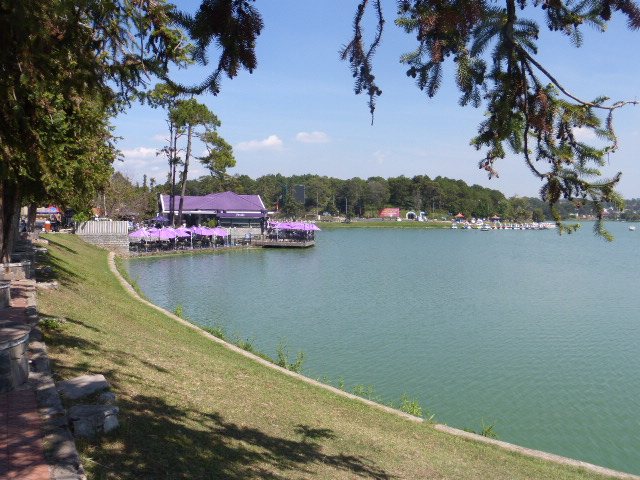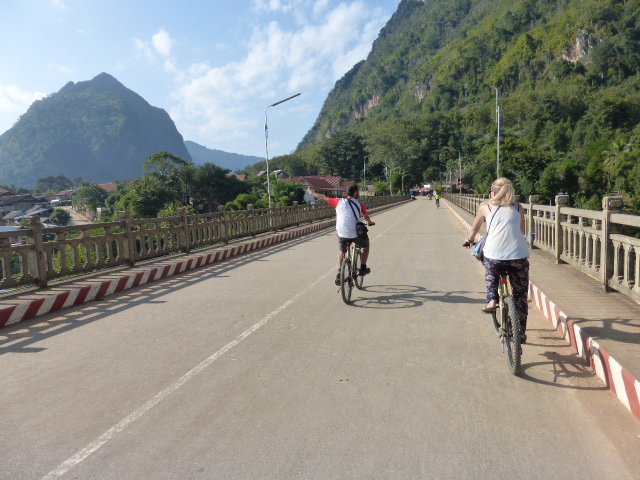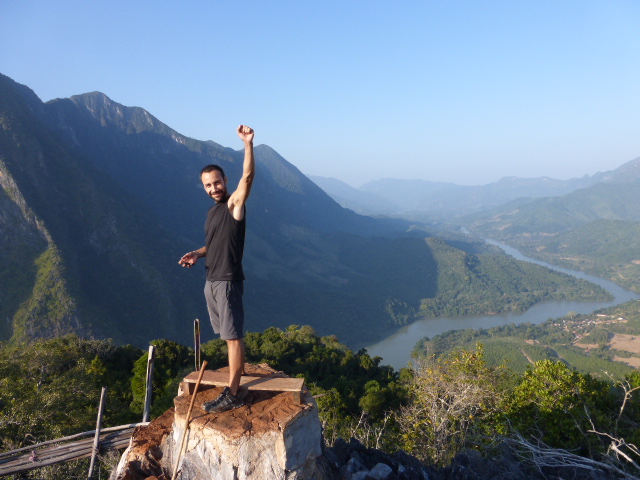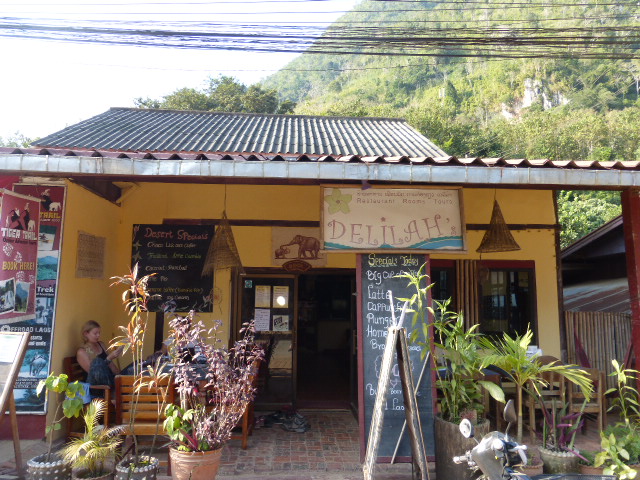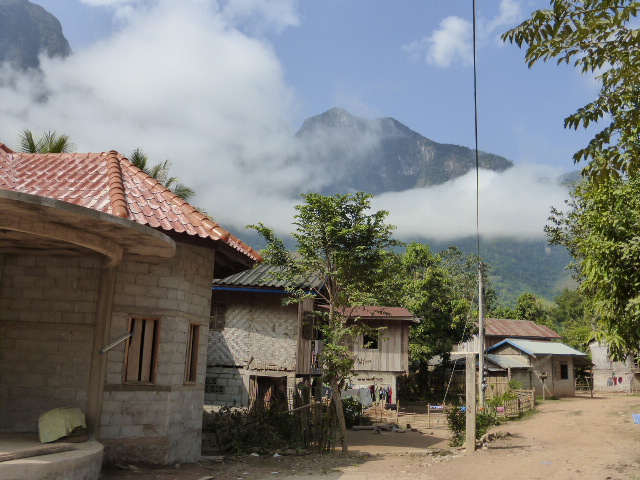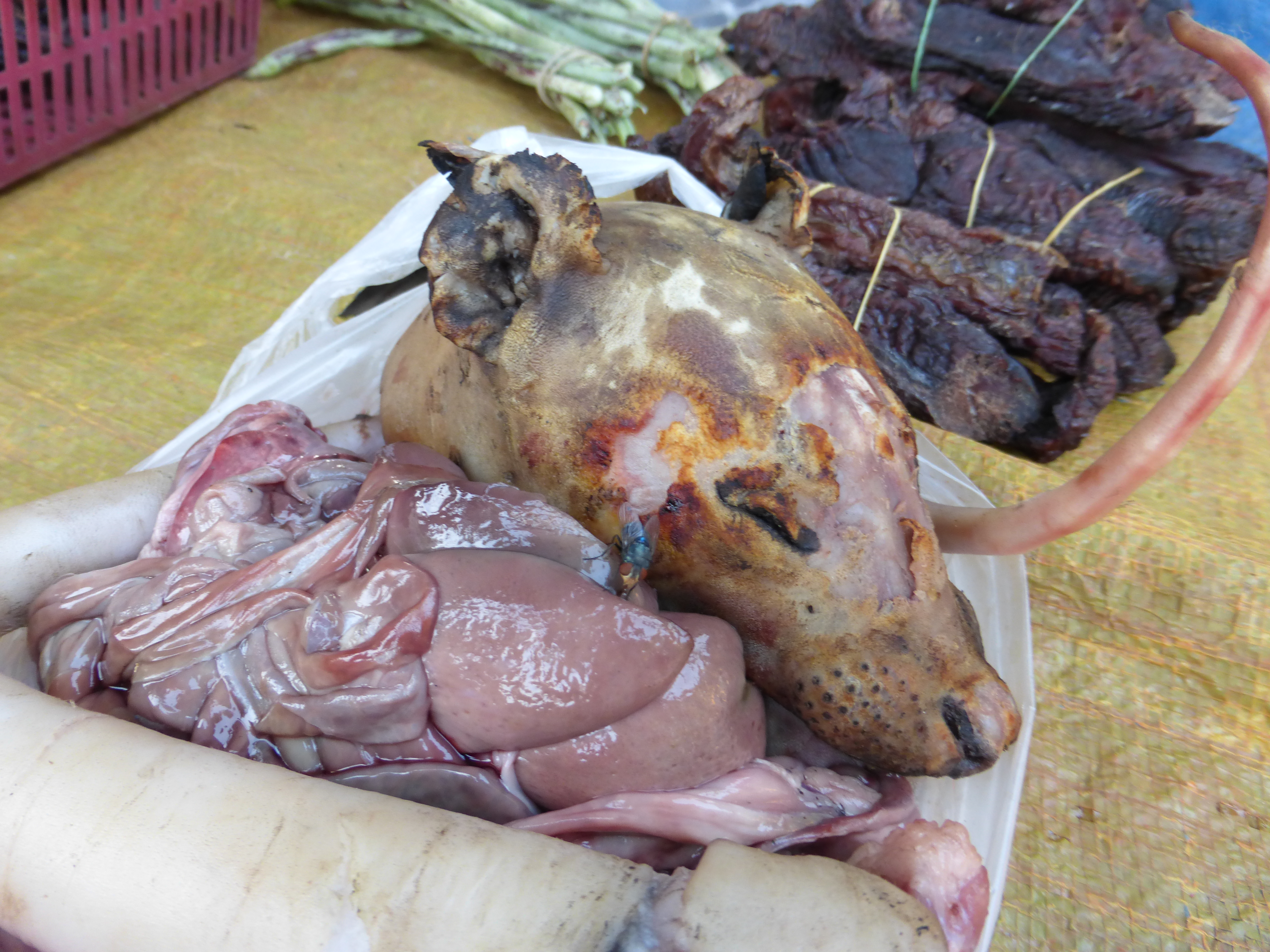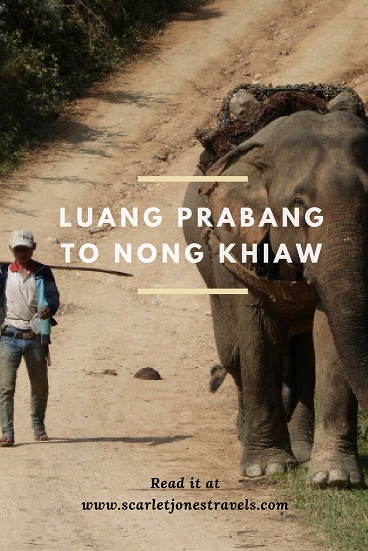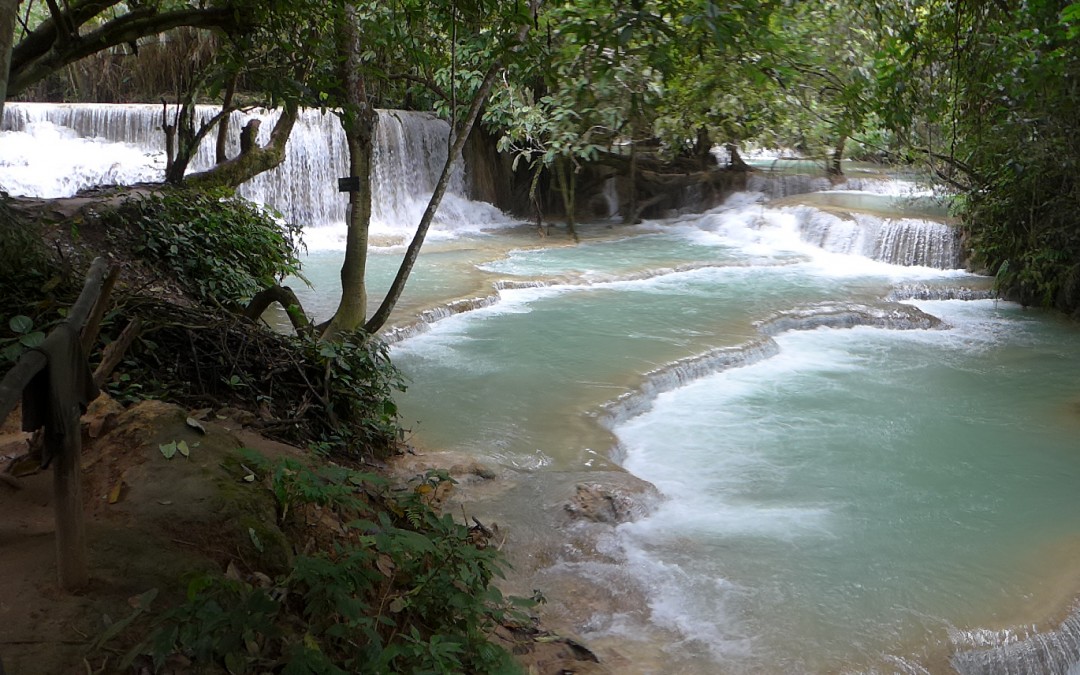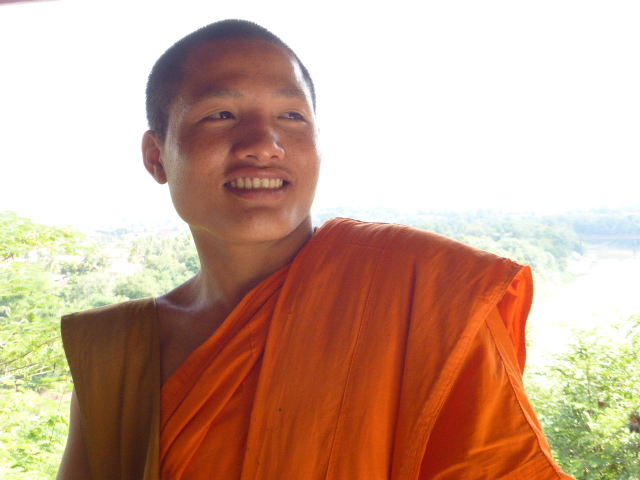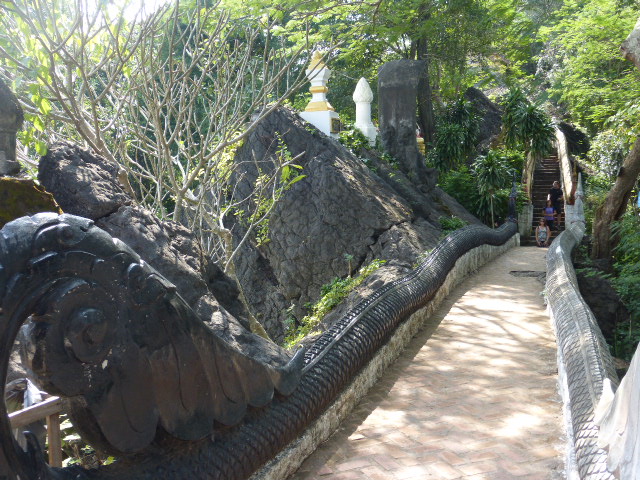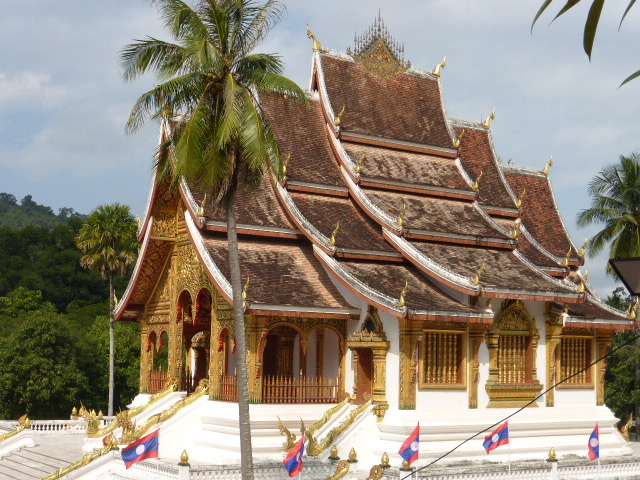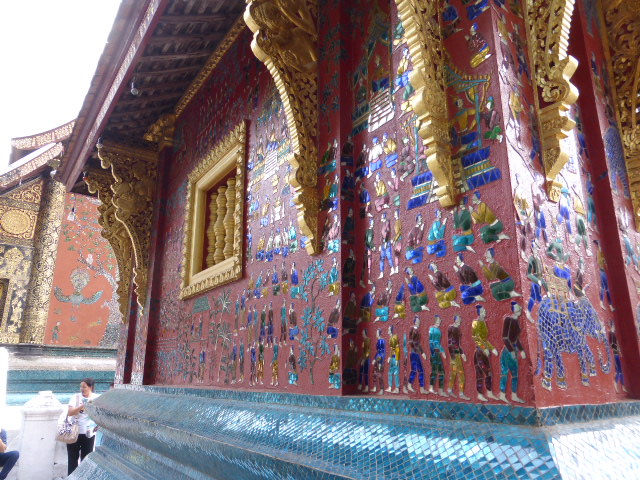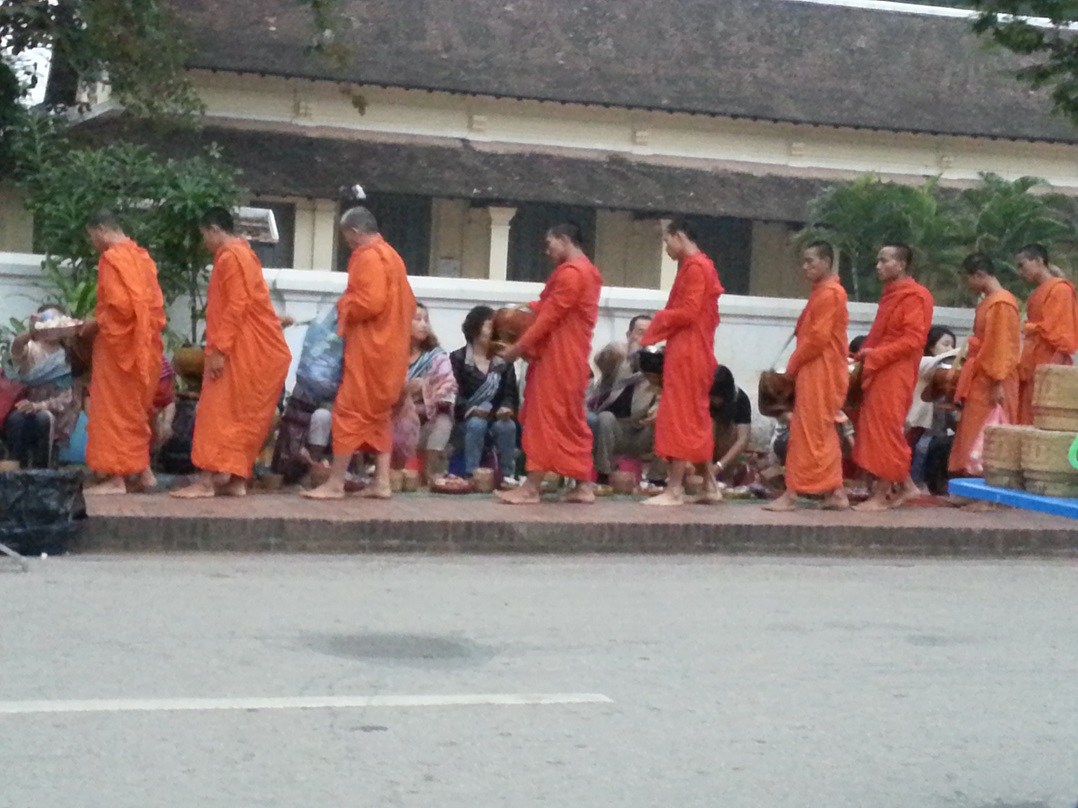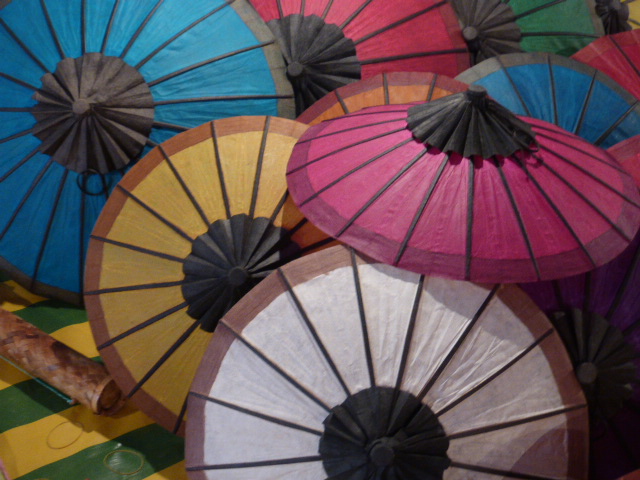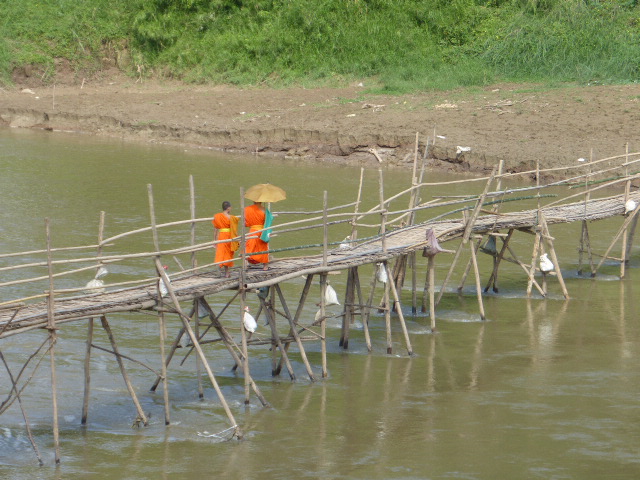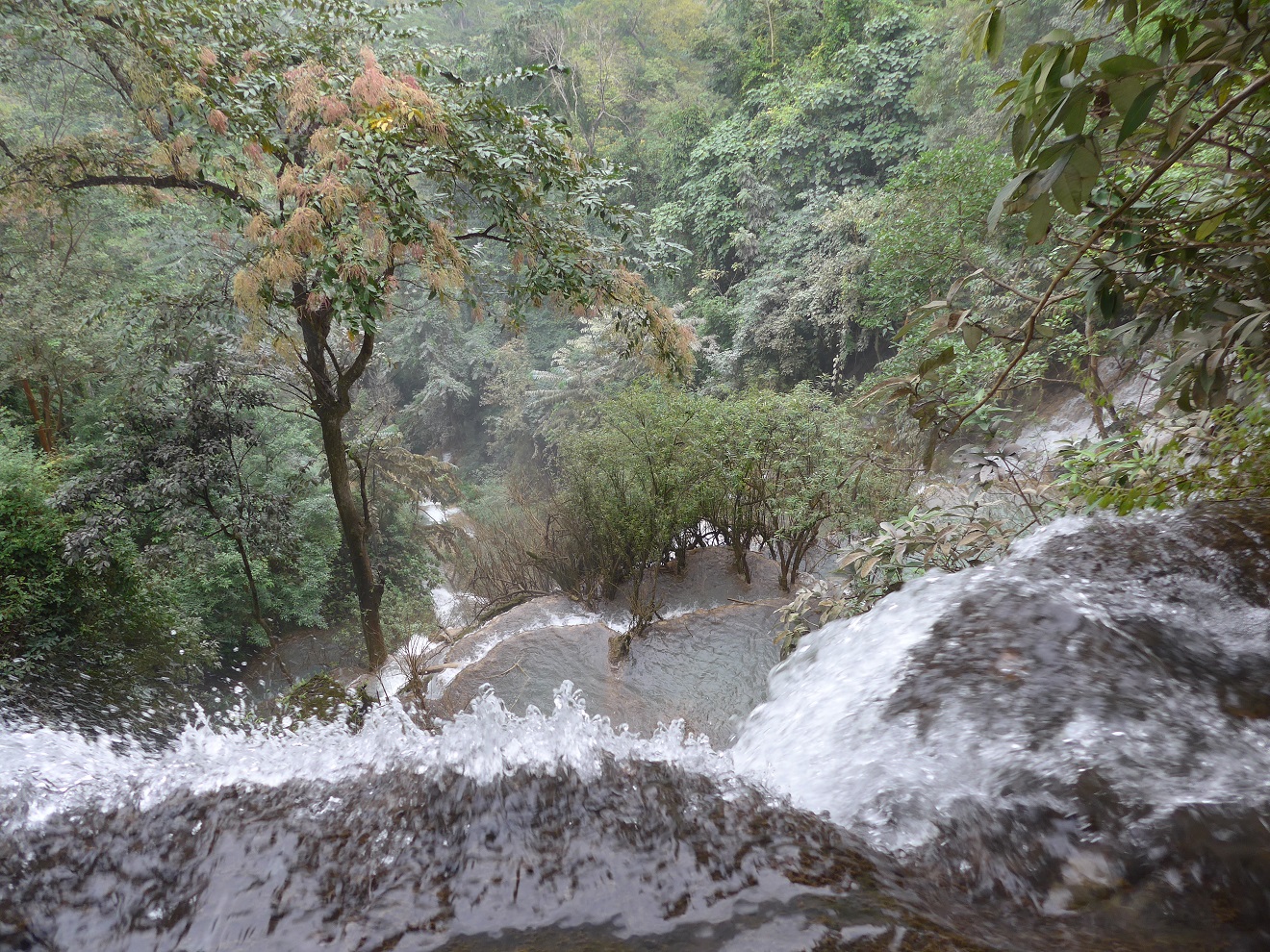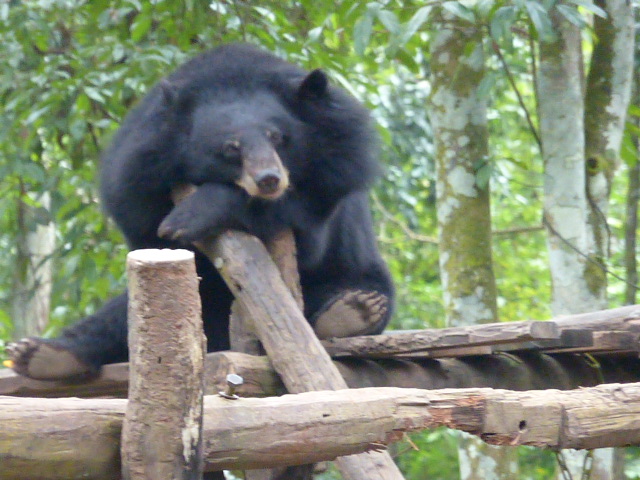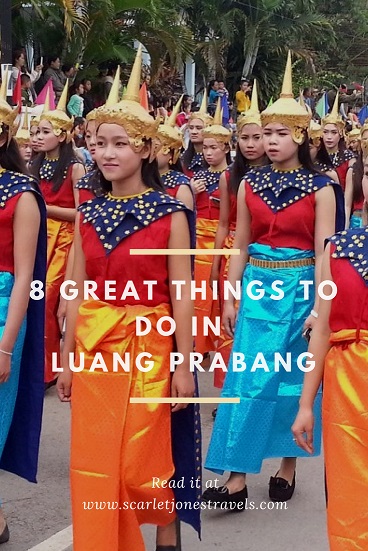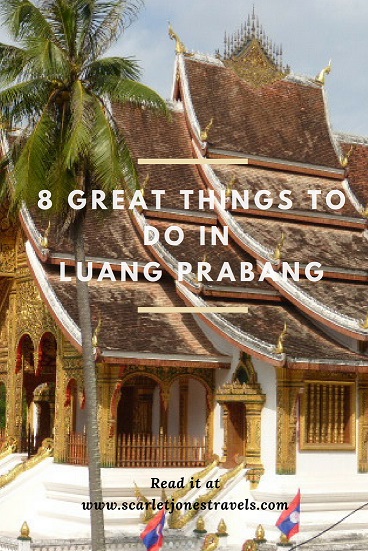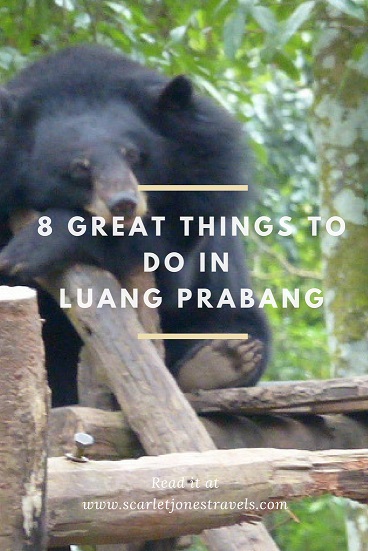
by Jane | Jul 25, 2017 | Personal stories, Rest of the World |
Swimming with whale sharks could be on my bucket list – if I wasn’t so afraid of water – so when my friend Debbie told me that this was one of her biggest dreams I excitedly followed her plans.
I want to share her story with you and hopefully inspire you to chase the one thing that you have always wanted to do. Put aside the excuses and start the ball rolling today – and please do comment at the bottom of this post and tell us your one big dream. (Click on the links in the text to find out more)
Inspirational people – Debbie’s story
- You have just returned from a solo trip to Mexico. Why did you choose to go there?
I went to Mexico because I’ve always dreamed of swimming with whale sharks, and at this time of the year (July) there are huge numbers off the coast of the Mayan peninsular. I went for three weeks and most of my trip was based around the water and snorkelling with the wildlife. You don’t have to get in the water either. I took a catamaran trip and I kayaked too. Mexico and Belize have the second largest reef in the world off their coastline, and I also crossed over the border and visited Belize for a couple of days. However there is more to Mexico than water sports. There is lots of history, ruins and temples – I only went to a small part – Mexico is vast.
- Why did you go solo?
Partly because nobody was free to come with me and swimming with the whale sharks was something that I really wanted to do. In the past I would never have dreamed of travelling solo, not until I went travelling with yourself last year (we backpacked together for 7 weeks in Cambodia, Vietnam and Thailand), and then I realised that when you stay in hostels you are never really travelling alone.
Travelling with you (and doing your confidence building course before hand) made me more knowledgeable about this type of travel (solo). With knowledge comes confidence and therefore I was confident enough to book this trip solo to a country that is in fact reasonably dangerous.
- Did you ever feel that you were in danger?
There was one episode – when the police were after someone. There was a manhunt for somebody from one of the drug cartels who had killed a police officer. I heard the gunshots whilst I was sitting outside a restaurant drinking the first of my 2-for-1 margaritas. The staff immediately ushered us all inside the building and quickly fixed bars across all of the windows to prevent us from entering.
Were you scared?
I watched the police in the street run past armed to the hilt. Personally I wasn’t frightened although there were people running into the restaurant for sanctuary and many of them were scared and crying. They were hiding behind the pillars. In true British style I ordered my second margarita and waited it out. The only time that I felt nervous was walking back to my hostel through streets that had been locked down and felt like a warzone.
- Why did you choose to stay in a hostel rather than a hotel or an apartment?
Well as I mentioned above, when you stay in a hostel you are never actually travelling alone. It’s altogether a more friendly experience. You can cook and eat with other guests, travel together and share experiences. I would never want to stay in a hotel from choice. I don’t want the restrictions of a hotel (unless it’s for a romantic break!). For more tips on staying in hostels click here
- Did you ever feel lonely?
One day I received bad news from home. I had just arrived at a deserted hostel – not even the owners were there – so I jumped straight on a bus to where the life was and got chatting to the waiter in the coffee shop, but otherwise, no.
If you are not ready to take a trip like this solo, why not take a look at what Explore have to offer? I have travelled 4 times with them and I would highly rate them – Scarlet Jones
- How do you think you would have coped if you had got sick?
I can speak the (Spanish) language which is one major hurdle overcome and I had good travel insurance. I felt quite confident that I would be fine if I were to get sick.
I use Alpha Travel Insurance. Get your competitive travel insurance quote here – Scarlet Jones
- What were the top highlights of your trip?
Swimming with whale sharks! I wasn’t disappointed at all, however, all of the excursions that I did were all great and also the best bit was making new friends. I have been invited to visit a family in Colombia that I met on my catamaran trip and also to Mexico City by a flight attendant!
- And the worst?
After a six hour hot and dusty bus journey I arrived at my next hostel to check in. There was nobody around, just a faded handwritten notice on the door directing visitors to the run-down little house next door. There I found a friendly family who had a key and got me into the hostel. They were very helpful but it turned out that the owners were away and I was the only person (guest or staff) rattling around in the place. This coincided with me receiving my bad news from home. However, despite this, my spirits were lifted when the grandfather of the family next door invited me to sleep in one of their hammocks with his family if I didn’t want to be alone in the hostel. I declined but the thought was there.
Swimming with whale sharks
- Tell me about your experience of swimming with whale sharks
I had been very thorough with my research before I booked my day out and I wasn’t disappointed. I chose to go swimming with whale sharks with the Whale Shark Encounter from Cancun who do a lot of conservation work. We were one of the first boats to arrive at the expected whale shark site and because of that I had the opportunity to spend a lot of time in the water with these magnificent fish.
The experience was wonderful – to swim next to a 30 metre long creature, looking into its enormous mouth, seeing its gills and its eyes. You know they are watching you but they are beautiful gentle creatures. I would do it all again
- What next?
I am thinking about going to see blue whales, swimming with dolphins in the wild and I would love to do a 3 day trek and boat trip to see orang utangs in the wild in Borneo. By visiting these animals in their natural habitat in an unobtrusive way with responsible companies and guides can help to provide an income for local people who find it in their interest to protect the environment and the species. For instance, in the case of Whale Shark Encounter that I used in Mexico, all employees are from the local community and the company has the National Geographic Snorkel’s Certificate.
- What advice would you give to anybody who wants to travel but who has friends that either don’t want to go where you want to go and or can’t get the time off work
I would say, just do it. Research it, stay in hostels but don’t be too regimented with your plans. I literally only had the first few days booked and planned and I made arrangements as I went. As long as you have internet access and a smart phone it’s all so simple.
I would also recommend that anybody who is nervous about travelling solo for the first time that they take a course. I initially followed the Smash the Pumpkin Project and then later, I joined you (Jane at Scarlet Jones Travels) on a trip through Cambodia, Vietnam and Thailand, both of which taught me a lot.
These things gave me the confidence to travel solo and made me realise that I didn’t need to wait around for friends to be free to travel with me.
- What saying or mantra resonates the most with you?
As I was racing across JFK Airport in New York to make my onward connection to Mexico I saw this sign. I stopped briefly to take a picture but it really struck a chord.
‘Live the international life. We travel not to escape life but for life not to escape us.’

Inspirational quote from JFK
- I know that you had problems as a result of flight delays. How did you cope with that? What were your initial feelings and was it as bad as you had feared?
I was a little bit disappointed as I had my tour to go swimming with whale sharks booked for the following day and I wanted to be organised and relaxed for that. I did everything in my power to catch the connecting flight but I missed it by minutes (due to delays with the first flight). As I arrived at the gate, staff came out to tell me that they were sorry but the gate had been closed and I had missed the plane, however they immediately directed me to a help desk who organised a hotel and a flight the following morning.
I was nervous but I decided that it was just another experience and part of my travels. I got to spend a night in New York where I met some very friendly people including a man who bought me a cheesecake! I was apprehensive but I knew that the airport staff would fix things so I relaxed and told myself to chill. I also got chatting to an air steward who sat with me on my first flight and explained the layout of JFK and my options should I fail to make the connection – we are still in contact via email, and he invited me to stay with his family in Mexico City. None of this would have happened if I hadn’t missed my plane.
I use Skyscanner to search for and book all of my flights – Scarlet Jones
- Would you return to Mexico
Yes I would and I would recommend Mexico even if you are not into water sports. I would love to visit Mexico City, the north and the Pacific coast and I would certainly love to go swimming with whale sharks again.
- And to sum up – do you have any tips for would-be solo travellers?
If you are in Mexico and you plan to hop over to another country and back, be careful with the taxes that you might be asked to pay when you leave and enter across the border. For instance, if you are due to leave by air at a later date you should not have to pay taxes to Mexico if you pop over to Belize by boat (you will still have to pay Belize customs). I researched this topic from other travel blogs whilst on the way to the border and I subsequently held my ground and (correctly) declined to pay the requested taxes when leaving Mexico. I also managed to get a refund for an Irish couple at the border who had been unaware of this rule and had initially paid up without questioning.
If you are inspired by Debbie’s story and you would like to travel alone but you are still a bit nervous why not travel with me later this year – I am going to Myanmar Singapore and Malaysia
Would you travel solo and take a trip like this? If not, drop me a line below in the comments and let me know what is stopping you – or alternatively tell us about your own experiences when you chased your dream
Useful Links and information:
Travel Insurance from Alpha Travel Insurance
The Smash the Pumpkin Project – build your confidence and self belief
Are you too old to stay in hostels?
Hotel tips: and how NOT to behave in a hostel
Getting sick while travelling in S E Asia
Travel with me in Malaysia later this year
Small group adventure holidays with Explore
Guide books to anywhere from Lonely Planet
Find a place to stay with Agoda
Search and book your flights with Skyscanner
Swimming with whale sharks in Cancun – www.whalesharkencounter.com
Scarlet Jones Travels contains affiliate links. If you make a purchase through these links, I will earn a commission at no extra cost to you. These commissions are akin to you buying me a cup of coffee and keeping me on the road so that I can continue to bring you articles and information. Thanks for reading!

by Jane | Dec 6, 2016 | Asia |
Let me take you on a photo tour of Hanoi, Vietnam.
I spent nearly 3 weeks in the city. It is chaotic and polluted, noisy and huge but at the same time there are pockets of quiet and green, temples and lakes.
I used a compact Panasonic Lumix camera and my mobile phone when I was in S E Asia. I wanted something that didn’t attract too much attention and that could be slipped into my pocket – you can find the same [easyazon_link identifier=”B00T53FY90″ locale=”UK” tag=”scajonblo0e-21″]via this link to Amazon[/easyazon_link]

street scene in Hanoi
People charge around like crazy demented ants and then they stop! They take a coffee on a dilapidated terrace or they squat down on tiny low stools for a lunch of the tastiest noodles ….before diving off headlong into the craziness again and continuing with their day.

Hanoi lake
Water features heavily and life revolves around the park and the lake. Turtles swim in the murky green waters and a temple floats etheral like in the mist. Groups of students gather here and will accost you at every opportunity begging to practice their languages and will proudly tell you about their culture and heritage.

The Temple of Literature
The Temple of Literature is both packed with tourists yet it also has a serenity about it. Incense burns in huge cauldrons and the vivid red paint has a dusty feel.

The Temple of Literature
Water, flags and lanterns are everywhere, jostling for space in the sky with electric cables, buildings and trees. This is the view of the awesome cable system outside my balcony. i stayed here at See You at Lily’s when I got sick. You can read my article on how to deal with sickness while travelling here and about the entrepreneurial Rezma, one of the owners of See you at Lily’s here.

Everywhere in Vietnam people are selling things on the streets. You can truly buy ANYTHING. But the fruit and veg markets are the best and are always filled with wonderful looking produce.

a typical street market in Hanoi
As well as buying anything on the street you can eat anything on the street. Street food stalls have their devoted followers and set up and are successful in the most improbable places. Any small space. verge or pavement will do.

one of THE best ways to eat in Hanoi
A visit to the mausoleum that contains the (open) coffin of Ho Chi Minh is an interesting experience. Sombre groups of visitors file past, watched by armed guards as they walk through the tomb. The whole complex is huge and is run with military precision to ensure that nobody misses their allocated time slot to view the body.

the memorial to Ho Chi Minh
Even in the chilly foggy spring days, people are out on the streets in Hanoi.

coffee culture Hanoi style
A few hours drive from Hanoi are the spectacular limestone karsts at Tam Coc which is near Nimh Binh. We had a fantastic day out here, arranged through Lily’s Travel Agency. The choice of tours and agencies is overwhelming but we couldn’t fault one bit of our trips that we booked here.

On our day out that we booked with Lily we went on a boat ride down the river. Huge karsts towered above us as our guide rowed us with his feet through low caves and along a magical waterway. Our day included a cycle tour among the paddy fields, lunch and a temple visit in the mountains.

The Vietnam Museum of Ethnology is well worth the taxi ride out. It is a very interesting museum about the people of Vietnam with the highlight being the reconstructions of some of the traditional houses.

And you certainly should not miss the fascinating Women’s Museum with costumes and insights into the lives of women – from the traditional to the role of women during the war

women are celebrated in the Women’s Museum
St Joseph cathedral was just around the corner from my hostel in the old town. It stood out among the temples and pagodas – and on Sunday evening while the church was packed, the square out front was also packed with an overflow congregation – but they were all sat on their motorbikes.
You would not know half of the little cafes exist unless you happen to glance up. I spent many hours up on this balcony overlooking the lake.

And drinking the spectacular egg-nog coffee. 

Hanoi has a strange ambience – like no other city that I have been in. Sadly the traffic pollution is high – and can only get worse if the government relax their rules on the new car taxes.

An oasis of peace in the craziness of Hanoi.

One of the little streets in the old town by my hostel. It was a buzzing, exciting and friendly area.

A group of travellers meeting up for a coffee. I wonder where everybody is now?
 If you want to travel with me next year – then drop me a message. I am currently considering returning to Malaysia, exploring Myanmar and maybe getting over to see what Bali is all about.
If you want to travel with me next year – then drop me a message. I am currently considering returning to Malaysia, exploring Myanmar and maybe getting over to see what Bali is all about.
[easyazon_image align=”left” height=”100″ identifier=”B00T53FY90″ locale=”UK” src=”https://scarletjonestravels.com/wp-content/uploads/2017/07/41VpsszLqL.SL160-1.jpg” tag=”scajonblo0e-21″ width=”160″]
[easyazon_cta align=”left” identifier=”B00T53FY90″ key=”wide-orange” locale=”UK” tag=”scajonblo0e-21″]
Scarlet Jones Travels is a participant in the Amazon Services LLC Associates Program, an affiliate advertising program designed to provide a means for sites to earn advertising fees by advertising and linking to Amazon.com

by Jane | Aug 17, 2016 | Asia |
Lakes in the Central Highlands of Vietnam
Vietnam has lakes. Lots of them! Two of the most beautiful lakes – Dalat Lake and Lak Lake are in the Central Highlands – yet they couldn’t be more different from each other.
Dalat Lake
Dalat is a mountain town famous with honeymooners and romantics. At Dalat Lake manicured grass lawns sweep down to the water where boats shaped like swans float around and couples pose for selfies or drape themselves over each other dressed in beautiful wedding outfits.

Dalat Lake
On the hillsides above Dalat Lake you can catch glimpses of luxury villas which hail from another era. They are painted in subdued pastels and sit safely behind walls and gates. Dalat is sophistication rising above the chaos of a busy Vietnamese town.
The traffic spoils the peaceful looking views as it circles the main road around the lake. Lorries heave themselves out of the town coughing grim grey smoke into the air and motorbikes are a constant buzzing nuisance until you get used to them and then you hardly pay them any attention any more.
I had arrived at Dalat Lake on the night bus from Hoi An, breaking for a couple of hours at five in the morning at Nga Trang and switching to a mini van for the journey up into the mountains.
Not long out of Hoi An our bus hit something. It swerved and rocked violently and I was almost shaken from my precarious perch – top bunk in the centre. The driver slowed right down but never stopped and I do still wonder what we hit.

night bus experience
There is a problem in many countries in S E Asia with hit and runs. I am never too sure if it is an urban myth although there is stuff on the internet to support it. The rule tends to be that if you injure a person you are responsible for their medical fees and for the support of their family which can obviously run into thousands and thousands of pounds whereas if you kill somebody you get a one off fine of maybe five thousand pounds! Many stories circulate of drivers reversing over bodies to make sure of the fine rather than a lifetime of debt.
At night time the central square below the main market and close to Dalat Lake comes alive with street vendors selling food of all descriptions. The bars and clubs thump out their beat and spill backpackers and locals alike out onto the pavements and everybody promenades around the town just waiting to be seen
There are rooms here to be had for the taking, from hostels to luxury pads. Many places are advertised as homestays although in reality they are family run hostels.

Dalat Lake in the sunshine
Vietnam is a country with a coffee culture and everywhere vendors serve the best coffee in the world from tiny little shops or street stalls. People perch on their little plastic chairs while the caramel, smokey flavoured nectar drips tantalisingly slowly through the filter and into their cup.
There are many things to see and to do at Dalat Lake. There is of course the lake itself, there is the Crazy Hotel which a labyrinth of weird. Here tourists pay to wander around the grounds, tunnels and passages have been constructed throughout the building and across the roof stairways designed by goblins curl up to tiny little snooks in something that reminded me of Gaudi on acid. Outside the town there are a riot of waterfalls and beauty spots waiting to be explored. You can easily pick up a guide from one of the touts or tour operators in town and go off on an organised tour or hire a scooter and ride out yourself.

Crazy Hotel
Lak Lake
In total contrast to Dalat Lake, this vast expanse of water at Lak – the largest natural body in Vietnam – is edged by paddy fields, reeds and forest. The villages that surround Lak Lake are populated by some of the ethnic tribes who still live, for the most part in their traditional communities.
Long wooden communal houses on stilts turned silver in the strong sunshine blend with the trees. Buffalo and pot bellied pigs live underneath the homes, wandering along the dusty mud street looking for scraps while chickens squawk and chase each other, avoiding the elephants which wander along.

elephant crossing Lak Lake
Yes, you did read that correctly. Elephants are owned and worked here – sadly now for tourists to ride, but they have owners who commute on them and who ride them to their homes, tying them under a shady tree while they go and have their lunch.
Here the noise, depending on the season, is of the primitive looking tractors which plough up and down in the gloopy muddy water as the villagers prepare to plant the rice, the wind makes the ears of rice hum and the lake water shiver, the occasional ‘plosh’ as the fisherman quietly throw their nets from their wooden canoes and the grunting of contented, happy animals settling down under the wooden homes to sleep.

peace and tranquillity at Lak Lake
There is a tiny restaurant for when you want your coffee fix, or you could go to the local shop where the owner will drag her little table over to the edge of her patch and you can take your coffee with Lak Lake as a backdrop.
There is a lodge here which offers rooms – private and in a shared dormitory, a small guesthouse and there are homestays. These homestays are in the communal longhouses on their wooden stilts. You may end up in a large room with simple mattresses on the floor and mosquito nets all by yourself or you may be sharing with 10 other people and with the family sleeping behind a curtain at the other end of the room.

traditional communal homes at Lak Lake
There are a few bicycles for hire so take yourself off into the surrounding countryside. You won’t be bored as you cycle through the different villages each with subtle differences in housing and the people, through the rice fields where the workers always jump up and wave a cheery hello, along the forest paths or across the river on one of S E Asia’s floating planks ferries.
Evening entertainment for us was being invited to see a traditional dance and music presentation, sitting on a log by Lak Lake and watching the stars, wandering into the local town for unidentifiable but excellent street food and, on one very blurry night, being dragged into a local wedding party.
Every day a new tent would be erected outside a groom’s family home (or the bride’s, depending on whether the village people were a matriarchal or a patriarchal group). The basic marquee with brightly coloured curtains of fabric would then host a few days of serious drinking and partying and karaoke turned up at full volume which would blast across the lake.
Gosia and I were stood listening to a live band which was playing in one marquee and we were commenting on the numerous plastic water bottles which were on the tables when the drummer broke off his playing and came outside to drag us in.

the bride and groom
Sitting us in the thick of the celebrations we then became the attraction with the bride and groom and their family lining up to have photos taken with them, they brought us plates of food and people kept insisting that we drink the water.
Eventually, frustrated by our reluctance to just drink water at a wedding party, one guy on our table grabbed some shot glasses and handed them to us. Oh well, water shots was a new one on me but not wanting to offend I downed it in one.
Water? Seriously, this was rice whiskey at its roughest. Choking back tears as the liquid burnt my throat the ladies then brought over the gourd from which you drink from a shared straw. Rice wine, rice whiskey and lao cao, I’m not sure which was which by the time we staggered home but I woke up the next day with a hangover from hell.
Returning to the home with a tin of biscuits as a thank you present, there was no sign that there had been a party; just a family of the hairy black Vietnamese pigs snuffling about where the marquee had stood.
Which lake is the best?
I am going to sit on the fence here and advise you to visit both Dalat Lake and Lak Lake. They offer totally different experiences and the bus ride from Dalat to Lak is worth it just by itself.
Do stay in one of the communal longhouses in Lak and do go and get your breakfast at the local market. You really should cycle around the countryside and dodge the herds of cows which wander up the main street on their way to and from their grazing and you should certainly sample a Vietnamese pizza from one of the ladies cooking on the steps at the night market in Dalat.

bringing the cows (and the elephants) home
The minibus ride to beat all minbus rides
It seemed every minivan ride that we had taken in Laos and then Vietnam was squashed and oversubscribed so when we got into our fifteen-seater for the five hour ride back to Dalat and there were spaces to spare Gosia and I were overjoyed.
Just twenty minutes into our journey we stopped at a local ethnic community where three teenage girls were waiting with, we thought half of of the village gathered to wave them off
The three girls got on – and then the rest of the village until it was physically impossible to push anybody else in through the door. They were sitting in the foot-well, lying in the aisle and standing behind each row of seats holding on tight, occasionally collapsing onto the knees of the people behind them.
And then we continued, swerving around switchbacks for four and a half hours, my camera was passed around for hundreds of selfies and the plastic bags came out as just about everybody started to vomit.
There were THIRTY ONE people in a minivan for fifteen but not one person complained moaned or was miserable despite the vomiting and the cramped conditions. It is a lesson to us all – be grateful for what you have. The alternative was no ride to the town.
There is a transport challenge in the Smash the Pumpkin Project. I certainly think that this minivan ride would fit the criteria for that challenge.
Check out this page and discover how you can build your self confidence with a series of motivational challenges. I have also decided to plan my travels a little more so that I can give some of you the opportunity to travel with me (click here for more information).
I would love for you to join me later this year in Spain or early next year in Malaysia, but in the meantime, you can continue to get your travel fix by signing up for regular updates to my blog in the box on my website www.scarletjonestravels.com
I look forward to connecting with you. Thank you for taking the time to read my article.

Dalat Lake

by Jane | Apr 19, 2016 | Asia, Hostels |
After nearly a week in Luang Prabang we decided that it was time to move on. I was heading north into the mountains, together with my Polish friend Gosia and Marc from Catalunya.
[grwebform url=”https://app.getresponse.com/view_webform_v2.js?u=spPd&webforms_id=13182401″ css=”on” center=”off” center_margin=”200″/]
Simply getting there was eventful. The three of us were split up between a pair of minibuses and the backpacks strapped to the roof, then my driver decided to race everything else on the road, skidding around corners as I buried my head in a book and hoping that I wasn’t about to die (thanking the stars that I had travel insurance) …and then I had over an hour’s wait for the others at Nong Khiaw.

I spent my time watching the tuk-tuk drivers play boules in the field in front of the bus station whilst staring at the limestone mountains which towered overhead until Gosia and Marc finally caught up with me and we hiked the twenty minutes along the dusty lane and into the tiny town of Nong Kiaow.
This town (also called Muang Ngoi Mai) is REALLY sleepy. The main road crosses the river via a stone bridge which for 75% of the day has absolutely no traffic on it. A bevy of ‘restaurants’ cluster at one end of the bridge and little wooden cabins nestle among the trees on the riverbanks.
We knew that there was just one backpacker hostel in town and that beds were allocated on a first come first served basis so before looking at any of the log cabins we checked out Delilah’s. We struck gold as Delilah’s Hostel truly is a slice of home and there were just three beds left in the cosy dorm which we quickly claimed for our own. If you have missed out on Delilah’s check out other accomodation here at Agoda
Spectacular mountains
After checking in, Marc and I set off to climb a mountain. It took us almost an hour of very steep, hot and sweaty uphill climbing but boy was it worth it. We arrived at the lookout point an hour and a half before sunset.
We sat and cooled down on the little platform at the top and then we clambered around on the peak with the other travellers who had made it up there; whilst the sky turned to a delicate shade of apricot and the river changed colour to a romantic smoky blue far below us.
After coming down the mountain safely just before dark we were delighted to discover that they serve Amazing (with a capital ‘A’) cakes and desserts at Delilah’s. They also do rather good coffee too. Whilst there are plenty of places to stay in Nong Khiaw, Delilah’s is really the only place if you want to go anywhere social and it has does have a lovely atmosphere.
Delilah’s in Nong Khiaw
As I have already mentioned the desserts are always popular and the little wooden tables outside usually have plenty of people gathered around chatting; while inside big squoosy floor cushions and mats invite you to relax. A DVD is shown each evening on the TV (the social area is open and very popular with non-residents) and it has a wood burner for the colder nights and plenty of beer to drink.
The dorm is really cozy with a double bed in one corner and bunk-beds – each with its own privacy curtain, mozzie net and nice big lockers underneath for security. The whole building is an original (renovated) wooden house. Bathrooms have HOT showers and believe me, a hot shower in a backpackers’ hostel in Laos is a luxury.
Rural village life
After a comfortable night’s sleep Gosia, Marc and I hired bicycles and we set off to see the surrounding countryside. We pedalled along the main road passing through traditional villages of minority groups – some smiled and waved, others grabbed their children and dragged them inside hissing ‘Farang’ (foreigner) at us. For our part we didn’t stare, we didn’t rudely stick cameras in anybody’s face and we didn’t stop and peer into homes but I suspect that some travellers may have done so in the past and made people a little suspicious.
The majority of the homes were built of wood or woven bamboo or canes and as far as we could see, contained little furniture. Most had earth floors and women cooked over earthenware pots of burning wood and outside there were chillies, rice or peppers drying in the sun.
When the local school day ended, streams of children in their spotless white shirts pedalled their bikes along the road narrowly avoiding the huge trucks which rumbled through at breakneck speed on their way to construct the dam a few kilometres away.
These kids were far more friendly than some of their parents and were quick to yell ‘hello’ and ‘where you from’ at us and two cute little girls even ran over to present Gosia and I with some wild flowers.
On our way back to the town as dusk fell we came across the most rural rustic market that I have ever seen. Just a few wooden tables were set up under tarpaulins and the local ladies were selling a really poor selection of sad looking fruit and vegetables, some dodgy looking bread and …rats on sticks!
There was also the remains of a corpse that could have been anything. Sign language failed – but we understood that it came from the forest. If you can hazard a guess, please post your suggestion in the comments box at the end.
I always like to support a local market but we were hard pressed to find anything that looked like it was fresh but on a table in a corner we found some of those tiny bananas which had to do.
We stopped to watch a group of boys playing the traditional game that is played all around Laos. Played with a raffia ball it’s a mixture of keepy-upsy and volleyball, agilely played with the feet and head (no hands) and fascinating to watch. We also stumbled upon a cute little mountainside temple where the friendly monk spoke very good English and I arranged to return the following evening and listen to the prayers and the chanting.
The minority tribal people
After another comfortable sleep, the next day Marc left to go south and Gosia and myself went for a walk along the river bank where we knew there would be some minority tribe people living in their traditional villages. It turned out to be a VERY long walk under a VERY hot sun but we found the villages where people were luckily more friendly than the previous day and we also passed a very tired, sad looking elephant and its owner on their way back from working somewhere in the forest.
Stopping at what was to all intents and purposes a shop we were joined by a little old lady who was totally intrigued by us and after just a little persuading she accepted a drink from us. This is where I filmed my introductory video for the course – you can see it here – but what you can’t see is the little old lady opposite who was trying so hard to make me laugh.
After arriving back in the town, I went to the little temple. I sat quietly at the back while the monk prepared himself and then he began his chanting. For forty minutes I was mesmerised as he was joined by the younger novices and their voices ‘sang’ the prayers. In the peace of the mountains the chanting echoed around the temple raising the hairs on the back of my neck. I walked back to the hostel in the dark among houses where the women were all cooking their evening meals on coals outside the doors, and felt an incredible peace.
To accompany this series of articles on Laos, I have published a comprehensive 28 page travel itinerary of my month-long route around Laos. Simply enter your details in the box below to get your free guide.
[grwebform url=”https://app.getresponse.com/view_webform_v2.js?u=spPd&webforms_id=13109801″ css=”on” center=”off” center_margin=”200″/]The journey from Luang Prabang to Nong Khiaw
Buying a baby
That evening, I chatted to Hamps (Hamish) the owner of Delilah’s who has a fascinating history.
Hamps, a New Zealander, originally came to Laos in the year 2000 when roads were no more than dirt streets, and then he later returned in 2010 as a volunteer English teacher.
While working in Luang Prabang he was approached by Tiger Trails and asked to run branch of Tiger Trails in Nong Khiaw. After arriving in Nong Khiaw Hamps took over Delilah’s and completely transformed the building: repairing the balconies, the shutters and restoring the wood from which the building is constructed. One of the key attractions at Delilah’s has to be the bakery – all desserts and bread are homemade, as are the jams and chocolate.
Another attraction are the films that are shown each evening but also on many afternoons there is a showing of the documentary film ‘The Secret’ which always attracts a large audience. Delilah’s is a slice of home. [easyazon_link identifier=”1906030944″ locale=”UK” tag=”scajonblo0e-21″]If you want to watch The Secret you can buy it at this link[/easyazon_link]
But there is a darker side to Hamps’ history and one which obviously troubles him.
A few years ago, his then French girlfriend bought a baby from a hospital in Laos for $500.
When she and Hamps split up she left the baby with the then owner of the hostel. Although struggling with his own work Hamps continued to share the care of Mimi with the hostel owner but then found himself in a fight for custody when the ex-girlfriend decided to return. She attempted to remove Mimi to France, although as far as Hamps is aware they are currently living in Thailand with her boyfriend.
Hamps has since tracked down the baby’s birth mother. She gave her baby away to the hospital believing that the baby would have a better life, but here is the mystery that Hamps is trying to solve. Who authorised the sale of the baby? Was it the hospital acting as an official adoption agency or a member of staff acting independently and under the table?
Hamps obviously misses Mimi but he is not letting that stop him as he forges ahead with creating his welcoming hostel and working with the local guides at Tiger Trails.
Many things are alien to us as we travel and learn about different cultures and customs but things involving childeren are always hard to understand.
Can you relate to Hamps’ story?
I certainly can. I have been estranged from my own children for nearly eight years. Before I left my marriage I didn’t know any parent who had been separated involuntarily from their children thanks to the actions of the other parent, but now I know of many people; men and women of all ages and from all around the world who have had their contact cut.
These parents go through a process. Maybe in a different time frame or in a different order but they each feel despair, anger, sadness, hopelessness until finally there is some acceptance and it comes full circle to hope. My aim while I am travelling is to inspire other people who may be feeling stuck in a downward spiral and show them that there is light at the end of the tunnel. I do this through the stories that I write about the people who I meet or via my mindset coaching business and the Smash the Pumpkin Project.
I will leave you here in Nong Khiaw with two questions.
- Travel puts difficult things into perspective and can help you organise your thoughts easier.
How do you deal with the really bad stuff and move on?
2. What on earth is the animal that was on the table at the market? (I apologise if you are a vegetarian or a vegan or if you are eating your dinner while you read this article!)
Put your answers to one of both of these questions in the comments below – and if you haven’t already done so, sign up and receive updates and future articles and opinion pieces from my blog and website.
[grwebform url=”https://app.getresponse.com/view_webform_v2.js?u=spPd&webforms_id=13127101″ css=”on” center=”off” center_margin=”200″/]
Disclaimer: I received a discount off my stay at Delilah’s hostel; however this did not influence my article in any way – and all opinions are, as always, my own.
Scarlet Jones Travels is a participant in the Amazon Services LLC Associates Program, an affiliate advertising program designed to provide a means for sites to earn advertising fees by advertising and linking to Amazon.com
This post contains affiliate links and/or references to our advertisers. We may receive compensation when you click on or make a purchase using these links

by Jane | Apr 12, 2016 | Asia |
[grwebform url=”https://app.getresponse.com/view_webform_v2.js?u=spPd&webforms_id=13182401″ css=”on” center=”off” center_margin=”200″/]There are penty of great things to do in Luang Prabang in Northern Laos sits on a peninsular at the junction of the Mekong and the Nam Khan rivers. It’s a UNESCO World Heritage Site because of the architecture of the buildings.
It’s probably the most tourist savvy place in Laos making it an ideal first time stop in this country. Many people speak English and shops and restaurants have a familiarity about them, although many of the locals sometimes seem to disconnect themselves from the hordes of foreigners who descend on their town. In this article I will tell you about some of the great things to see in Luang Prabang and I will give you my opinion about why some visitors might feel that they’re not welcome. Find out if I ever got up before dawn to see the monks collect their alms and see if you can solve the brain teaser at the end.
To accompany this series of articles on Laos, I have published a comprehensive 28 page travel itinerary of my month-long route around Laos. Simply enter your details in the box below to get your free guide.
[grwebform url=”https://app.getresponse.com/view_webform_v2.js?u=spPd&webforms_id=13109801″ css=”on” center=”off” center_margin=”200″/]
Luang Prabang is a large rambling city but most things of interest are concentrated in a compact area of the old town which is hemmed in on three sides by the rivers. You can walk around the river banks in some places but the best bits are to be found in the little streets lined with traditional houses, although these are gradually being altered and added to in order to cater for the huge numbers of visitors who flock to the city.
If you are going to Laos don’t forget to get your guide book – check this link for special offers from Lonely Planet

Mount Phousi
At the centre of this almost-island peninsular is tiny spiky mountain (it’s a large hill really), called Mount Phousi (pronounced pussy) which is topped by a little temple called Wat Chomsi.
Legend has it that a princess wanted a specific food to eat and the Monkey King was tasked to fetch it. Unfortunately the food was a mushroom called monkey ears to be found on a certain mountain in Sri Lanka. Not wanting to offend the Monkey King the princess refused to name the food that she wanted but she tried to describe it. The Monkey King flew with his magic wings back and forth to Sri Lanka many times returning with all types of food none of which were the correct mushrooms, until in frustration he took the top off the mountain and plonked it down in front of the princess’ palace – forming Phousi mountain.
355 steps wind their way to the top, weaving among trees and with little shrines and Buddha statues dotted everywhere. The view from the top of the hill is lovely and while I never got up there at sunset, I have it on good authority that the sunset across the river is magnificent. While I was up there I met a young monk. He told me that he often hangs around up there looking at the view and waiting to practice his excellent English with visitors. His is the lovely smiley face at the top of this article.

The Royal Palace
The Royal Palace was built in 1904 for King Sisavangvong but he was removed from power and sent off to a re-education camp when the Communist Party came into power and the People’s Democratic Republic of Laos was created.
Thankfully the goverernment preserved the palace and it has now been converted into a museum. It is set in peaceful gardens along with a flashy gold covered temple. The palace building is understated yet sophisticated and contains a nice selection of exhibits. Teak corridors encircle rooms which show off furniture and pictures from the era of the King. The gardens contain mature shrubs and flowers with walkways between ponds and fountains.
The UXO Museum
If you learn nothing else about Laos you must learn about ‘The Secret War’. Click on this link for my article in order to understand what the war was all about and how it affects the population now; but better still, visit the UXO museum if you are in Luang Prabang..
The museum graphically illustrates the damage that’s been done to the country and it demonstrates the various ways that Laos is being held back. It’s not easy for the country to develop a better infrastructure of new roads and schools, and the hospitals still see too many victims of the bombies (click to find out what a bombie is). The UXO Museum is small but thought provoking with photos, facts and texts displayed around the room.
The story telling museum
I spent a magical hour sitting in the semi-darkness in the traditional story telling museum in Luang Prabang.
This enterprise is concerned with preserving and promoting local traditions, stories, myths and legends. It was nice, knowing that this is how people used to entertain themselves before TV and computers – sitting in cosy intimacy and listening to stories. I learnt why Mount Phusi is called Mount Pussi. I found out what has it got to do with mushrooms and the Monkey King (see above).
I heard about nagas (serpents) and battles, rivers and gods from a man accompanied by another who played traditional folk music on his one stringed violin. It was simple yet enthralling entertainment and it offered an interesting insight into traditional Laos culture.
If you are in Luang Prabang do check out their website here and pay them a visitwww..garavek.com
The wats
One of the reasons that Luang Prabang is a UNESCO World Heritage Site is because of its wats or temples. They were some of the best that I ever saw in Laos. The outside of Wat Xieng Thong is covered with little mirrored mosaic pictures. Many of the wats have been renovated so the paint work is nice and shiny, unlike many of the wats in other parts of Laos.
In Cambodia and Vietnam you can see evidence of a Chinese influence in the temples but here in Laos tThey are more similar in style to those in Thailand; although there the bling is taken to a higher level. .

Giving alms to the monks
Buddhist monks usually only eat two meals a day – breakfast and lunch – with nothing after midday. They do not earn or spend money therefore they rely on donations and they go out onto the streets at dawn to collect food donations.
Local people across Buddhist S E Asia have built alms-giving into their daily routines. Many rise early and go out to the monks and give rice, water or vegetables, or some give lotus flowers or incense. The monks will accept these gifts into their alms bowls and generally murmur a prayer of thanks to the gift giver. Shop owners will often pop outside with something for passing monks but here in Luang Prabang with so many temples and therefore so many monks, the`monks have become a tourist attraction in their own right.
At dawn whilst it’s still dark, people gather in a line and sit on the pavement with their alms. As the darkness lifts, the monks – some mornings there are over one hundred – file slowly past the waiting people gathering the alms in their cloth bags or in their metal alms pots. It should be a respectful process and an interesting one to view whatever your beliefs, but here in Luang Prabang some of the tourists spoil it.
It is not considered respectful to stand in front of a monk or to block his path, yet it is not uncommon to see somebody dash across and stick a huge camera lens into the face of a young monk. The alms giving and the receiving of a blessing should be a private affair but here in Luang Prabang excited gaggles of visitors, scream, shout and point.
One morning I got up at an unearthly hour to attend the ceremony but I took a seat on a little plastic stool on the opposite side of the street where a lady was brewing coffee in a big cauldron and I quietly watched, snapping off a few pictures unobtrusively with my zoom lens. ([easyazon_link identifier=”B01AAU7RWI” locale=”UK” tag=”scajonblo0e-21″]I use a Panasonic Lumix – click here[/easyazon_link])
The Laotian tour guide who was sitting next to me was scathing about his tour group who he could see running excitedly about. He had earlier explained the protocol to them, yet in their excitement they were breaking all the rules. It’s no wonder some of the locals here want to distance themselves from the visitors!

[grwebform url=”https://app.getresponse.com/view_webform_v2.js?u=spPd&webforms_id=13127101″ css=”on” center=”off” center_margin=”200″/]
More great things to do in Luang Prabang: the night market
You can be in total shopping heaven at the enormous night market where you can shop to your heart’s content. This market is not as big as the weekend Walking Street Market in Chiang Mai nor the Saturday market in Otovalo in Ecuador but it rivals each of them for the goods on sale.
Silk, silk and more silk is sold here along with paintings and bags, jewellery, parasols and lamps. Down a couple of little alleyways you will find tables groaning with street food. At these you load up with the various salads and then pick out your meat or fish which will be slung onto the barbeque coals or whizzed up in a wok. You find a gap on one of the benches and taking care not to poke out your neighbour’s eye with the end of your chopsticks you tuck in and eat.

The Bamboo bridges
Depending on the water level in the rivers you may be in Luang Prabang when the bamboo bridges are built. Connecting the little island peninsula with communities on the other banks these delicate structures precariously span the wide river with its strong currents. Washed away in the floods and rebuilt every year I can’t say that I was happy to cross one (I did) but I was more than happy to pay the small toll which goes to the farmer who builds and maintains one of them each year.
I crossed with my friend Camile, following a group of monks as they crossed over the flexible bamboo slats. I figured that they must have goodness on their side more than anybody and I tried hard not to think of the time that I had put my foot through a similar bamboo floor in Colombia.
Once across and onto the other side, Camile and I explored a little community, checked out an abandoned chedi and wobbled back again.
The Kuang Si Waterfalls and the bear rescue centre
There are several waterfalls to explore in the countryside outside Luang Prabang and I went to the excellent Kuang Si waterfalls with a group of friends that I had met on the slow boat from Thailand.
At the base of the falls, the water collects in several attractive swimming pools and steep trails climb up the side of the mountain to the top. Up here, the river flows fairly shallowly before pouring over the lip of the mountain and cascading down in a torrent of noise and spray.
Here at the top you can gingerly walk out into the centre of the river and peer out over the edge, protected only by a simple rustic wooden railing. I stood in the centre with tears streaming down my face, mirroring the water pouring down the mountain. This was just one week after my moving experience at the temple in Doi Suthep – and this was the first time in almost seven years that I could marvel at the beauty of nature and not feel guilty about being there. They were tears of joy.
The weather could have been better – it was a bit overcast, but the water was an enticing sea green and I was alive and I finally felt at peace.

The best thing to see in Luang Prabang
For me, the icing on the cake at the waterfalls was the bear rescue centre at the base. Despite the science which proves it’s all nonsense, there is still a demand for bear bile in Chinese medicinal products.
Bears are captured and held in tiny cages and their bile is ‘farmed’ by barbaric methods – basically using a catheter and a tube. The practice is illegal in Laos however that doesn’t prevent bears being captured, but a charity has dedicated itself to rescuing the bears and providing a safe and happy environment for them once they are safe.
We spent a long time reading the information boards and watching the bears forage for their food in the enclosures. Don’t be fooled by the sad looking bear in my photo here – compared to the life that he was rescued from, he is now in bear heaven. Admission to the bear reserve is free (it is included in the waterfall entrance price) so I treated myself to a tee-shirt to support the cause before we left.
For more information about this barbaric practice of harvesting the bear bile click here

There are many great things to see and do in Luang Prabang – but arriving via the slow boat from Thailand has to be the best way
And finally….
…..here is another tale from the Story Telling Museum
A long time ago in Laos there was a king who had ten sons.
As he grew older he had to make a decision about which son would inherit his crown. He called them to his palace one day and gave them each a handful of beans.
The king told his sons to return to the palace in ten months time with their harvest and then he would decide who would become king.
The ten sons went away and carefully chose and prepared the land where they would grow their beans. They returned after ten months with baskets overflowing with their produce. All except the younger son who returned with nothing. Shamefaced he hung his head and apologised to his father while his brothers roared with laughter. ‘I’m sorry father but I cannot give you any beans’, he explained.
The king looked at each of his sons and thanked them for bringing him such a magnificent crop of beans, but then told his nine stunned older sons that their younger brother would inherit the crown and become king.
Do you know why the king made that decision?
If you think that you know the answer drop it in the comments box below.
There are some great things to do in Luang Prabang. It’s a gentle introduction to a country which is just beginning to open its doors to mainstream tourism. There are many places where you feel as if you are the only non-Laotian that has visited some towns and villages, and unlike the other countries in S E Asia, Laos is far more traditional and far poorer. Yet everywhere that I went, it felt as if Laos was balancing on the edge of change which an influx of visitors could influence – and hopefully that change would not be to the detriment of the traditional way of life.
If you too would like to visit Laos, you can find the best prices using Skyscanner the flight comparason website – Click here for the Skyscanner site, but if you are not brave enough to tackle this wonderful country alone, why not travel with a small group. I have travelled with Explore in the past and I can highly recommend them. Click here for their latest tours
Scarlet Jones Travels is a participant in the Amazon Services LLC Associates Program, an affiliate advertising program designed to provide a means for sites to earn advertising fees by advertising and linking to Amazon.com
This post contains affiliate links and/or references to our advertisers. We may receive compensation when you click on or make a purchase using these links



